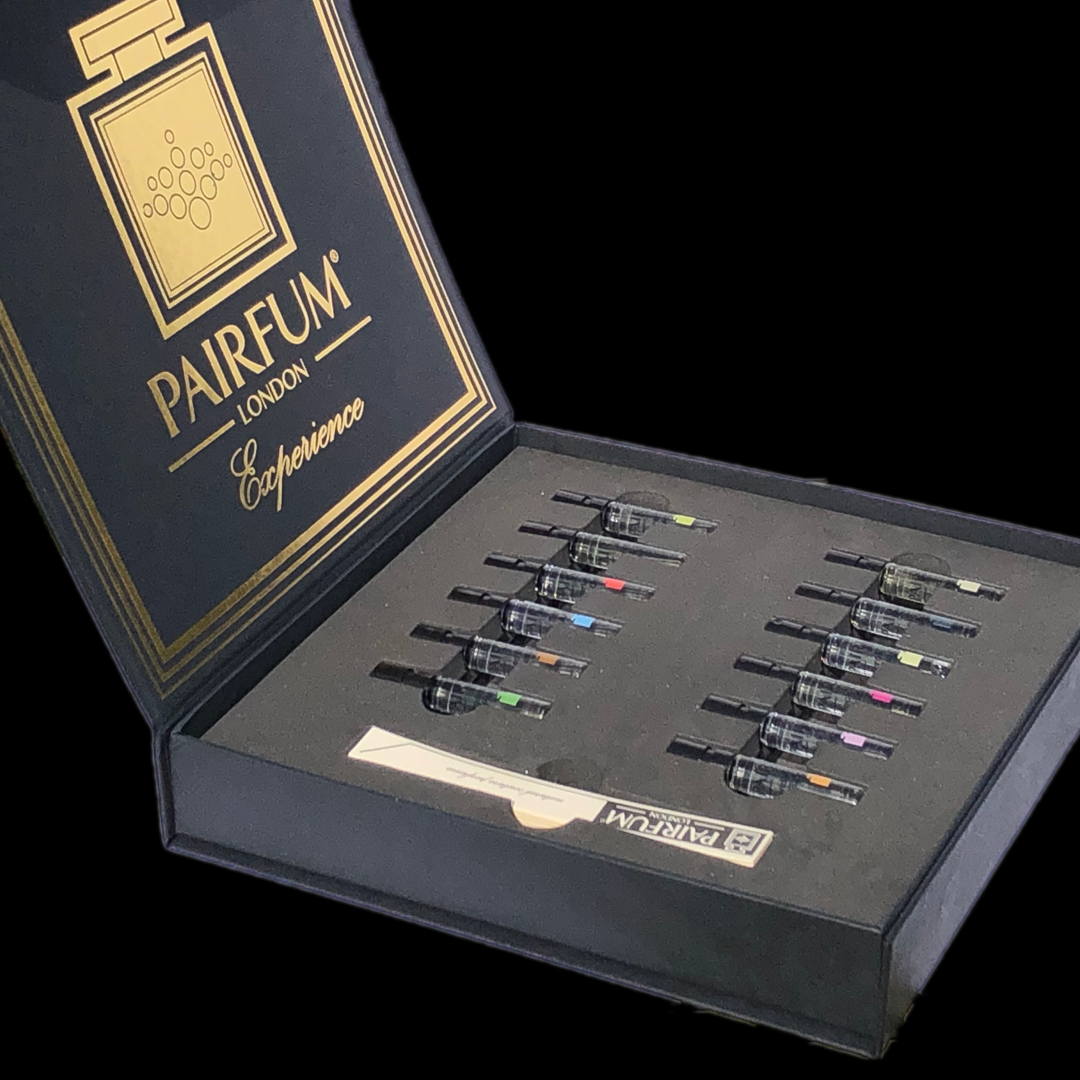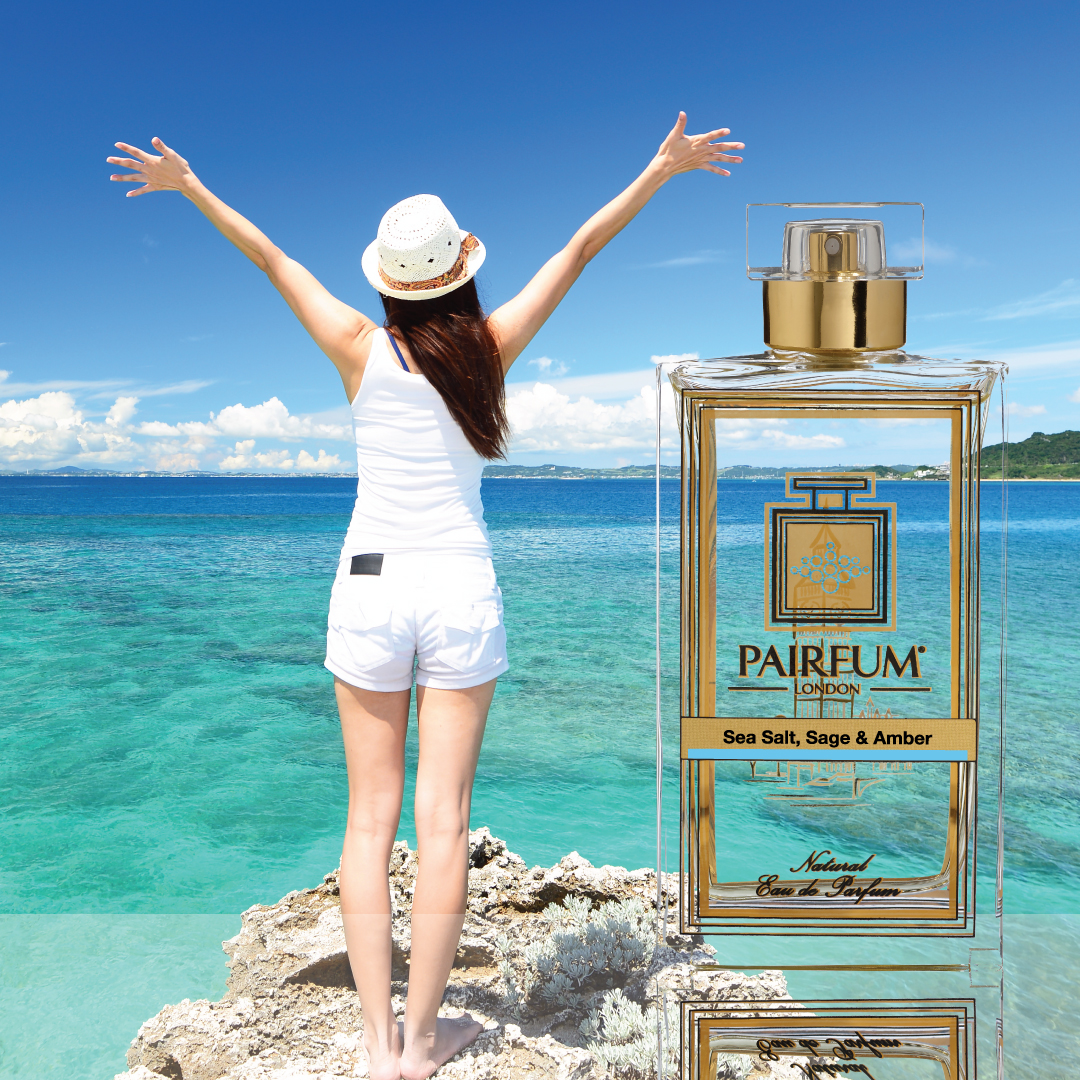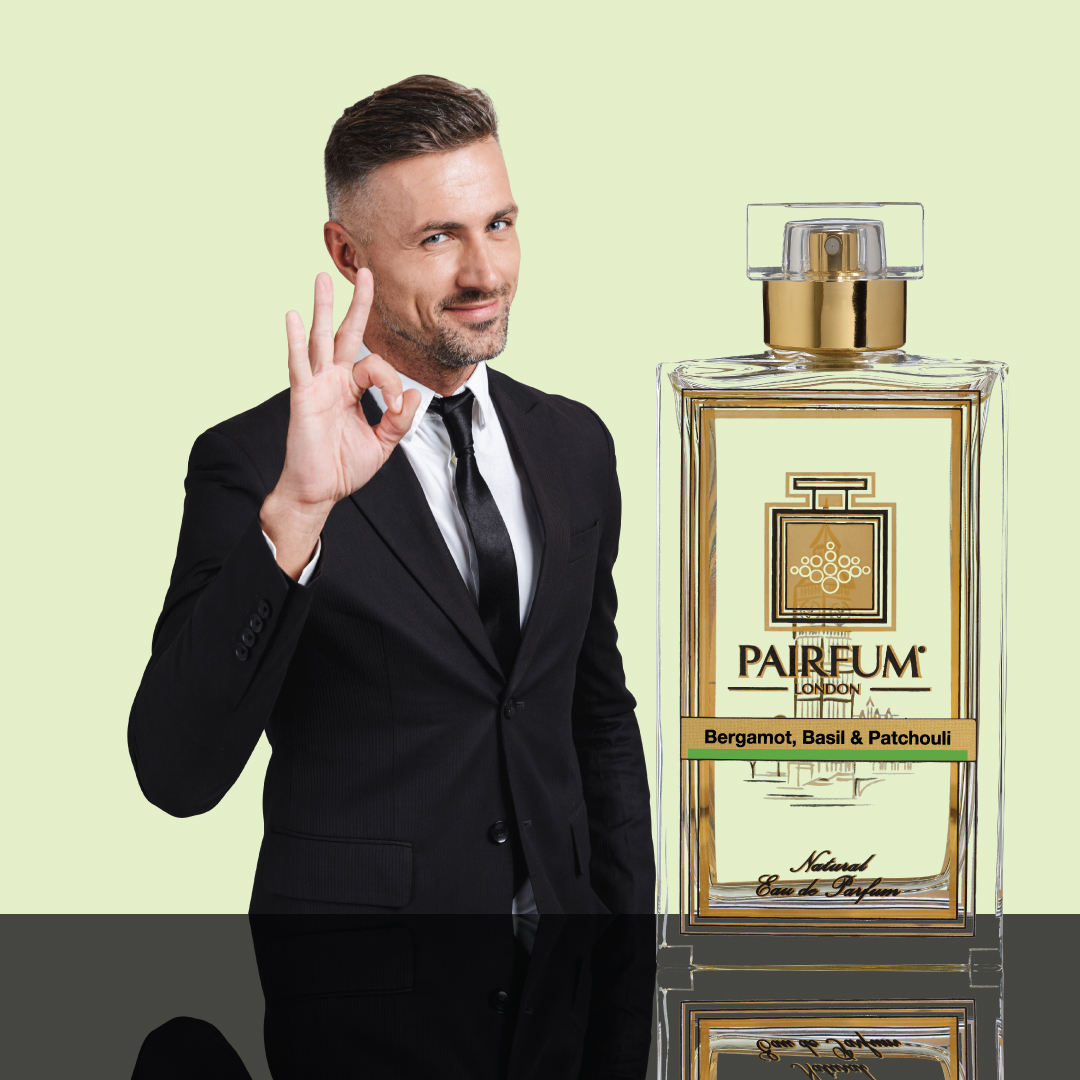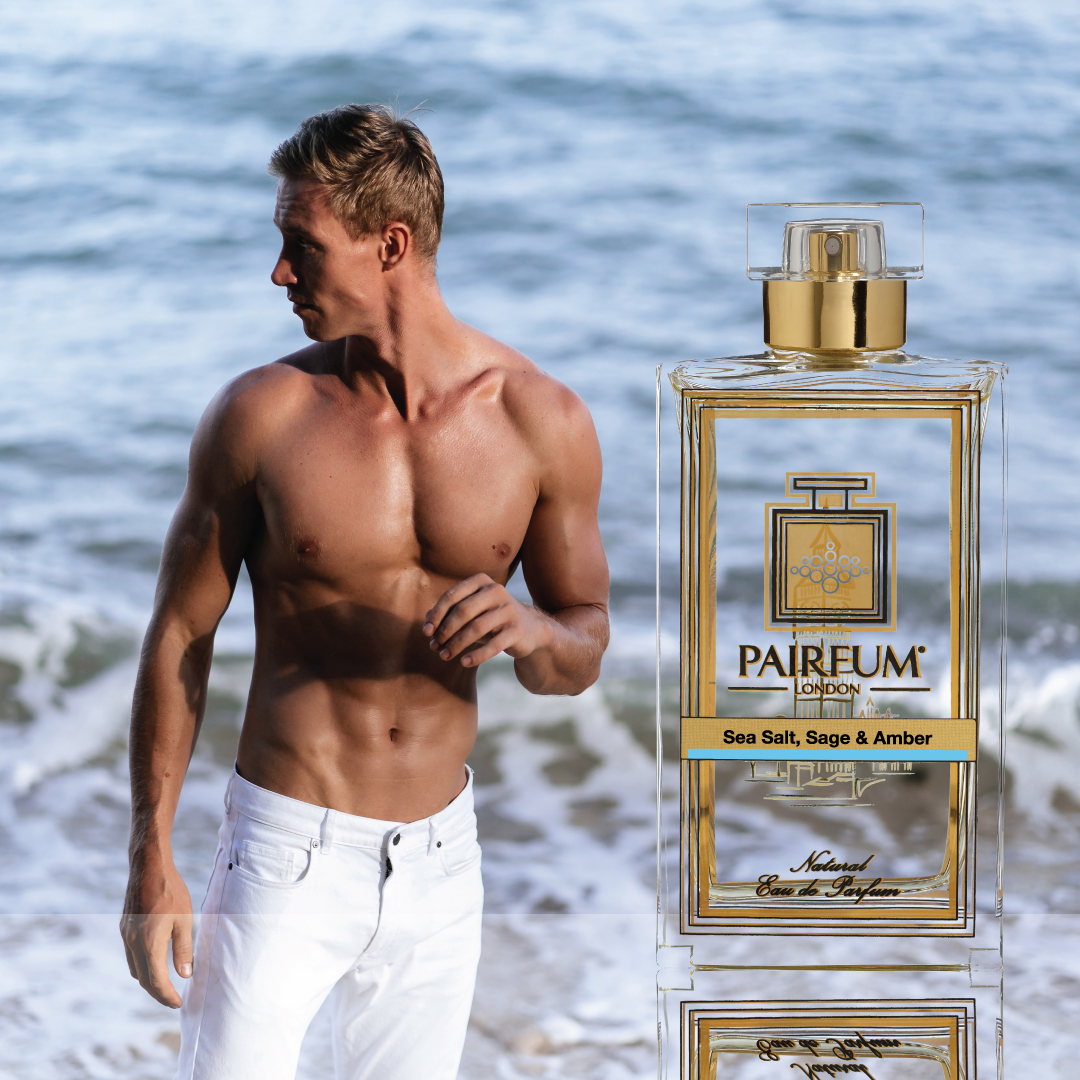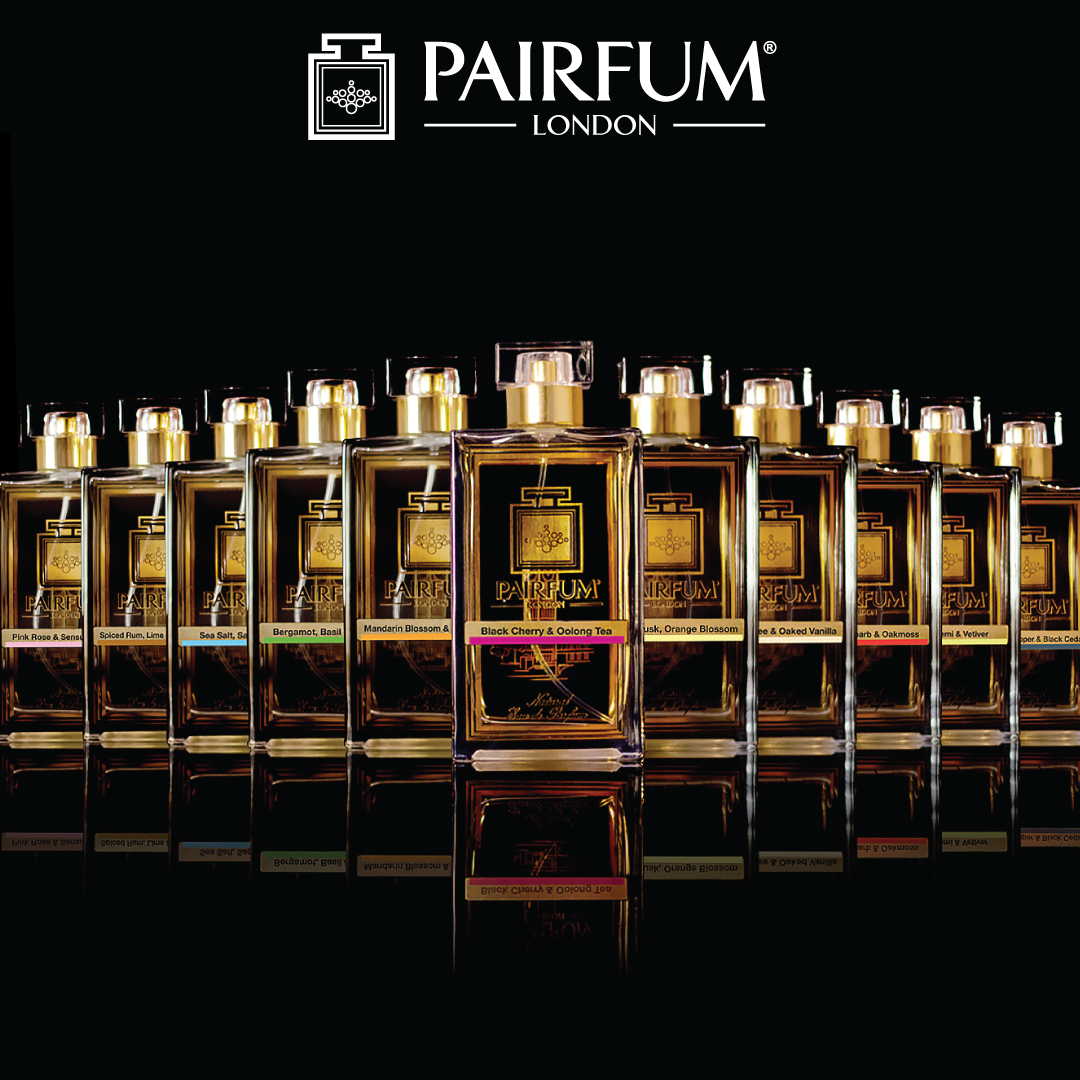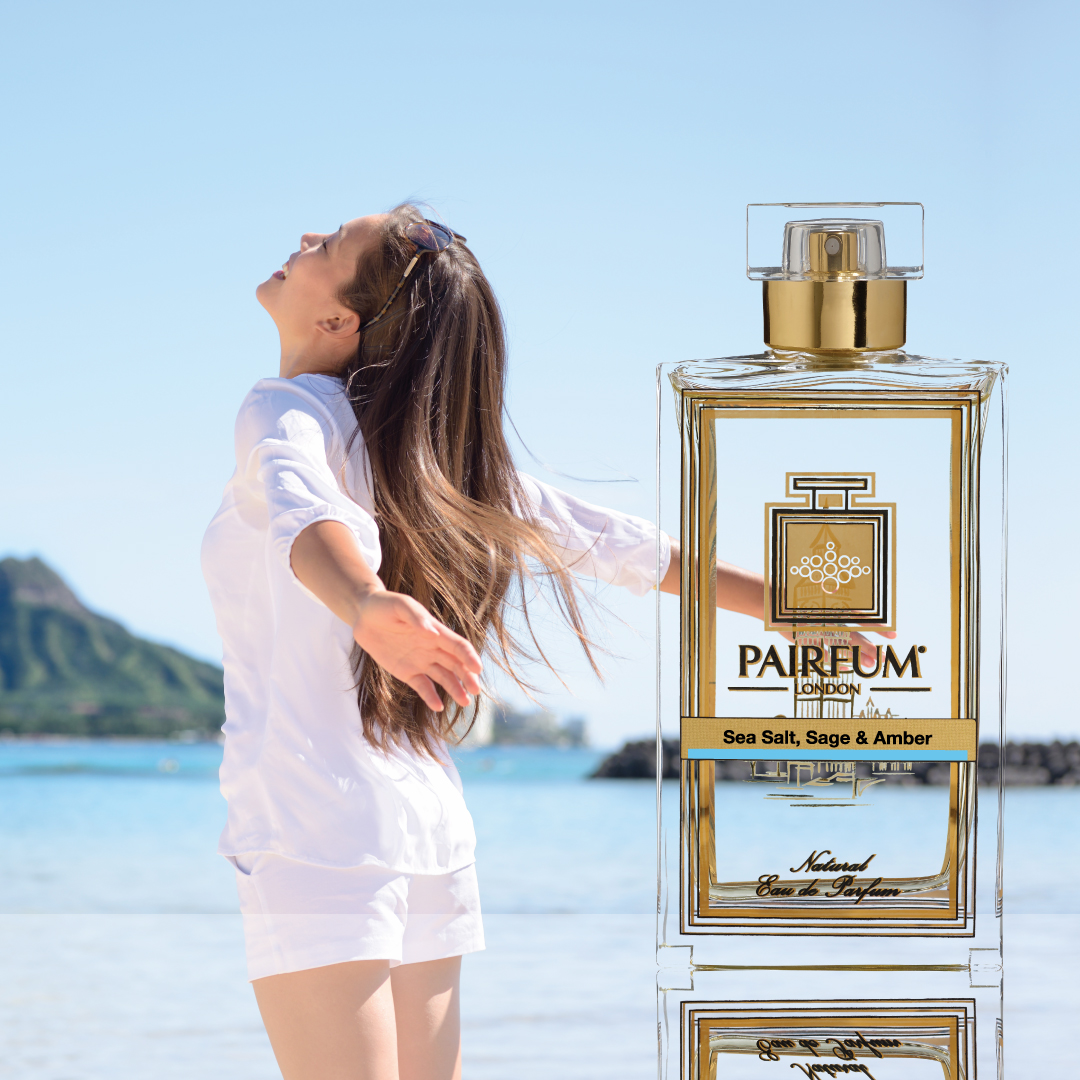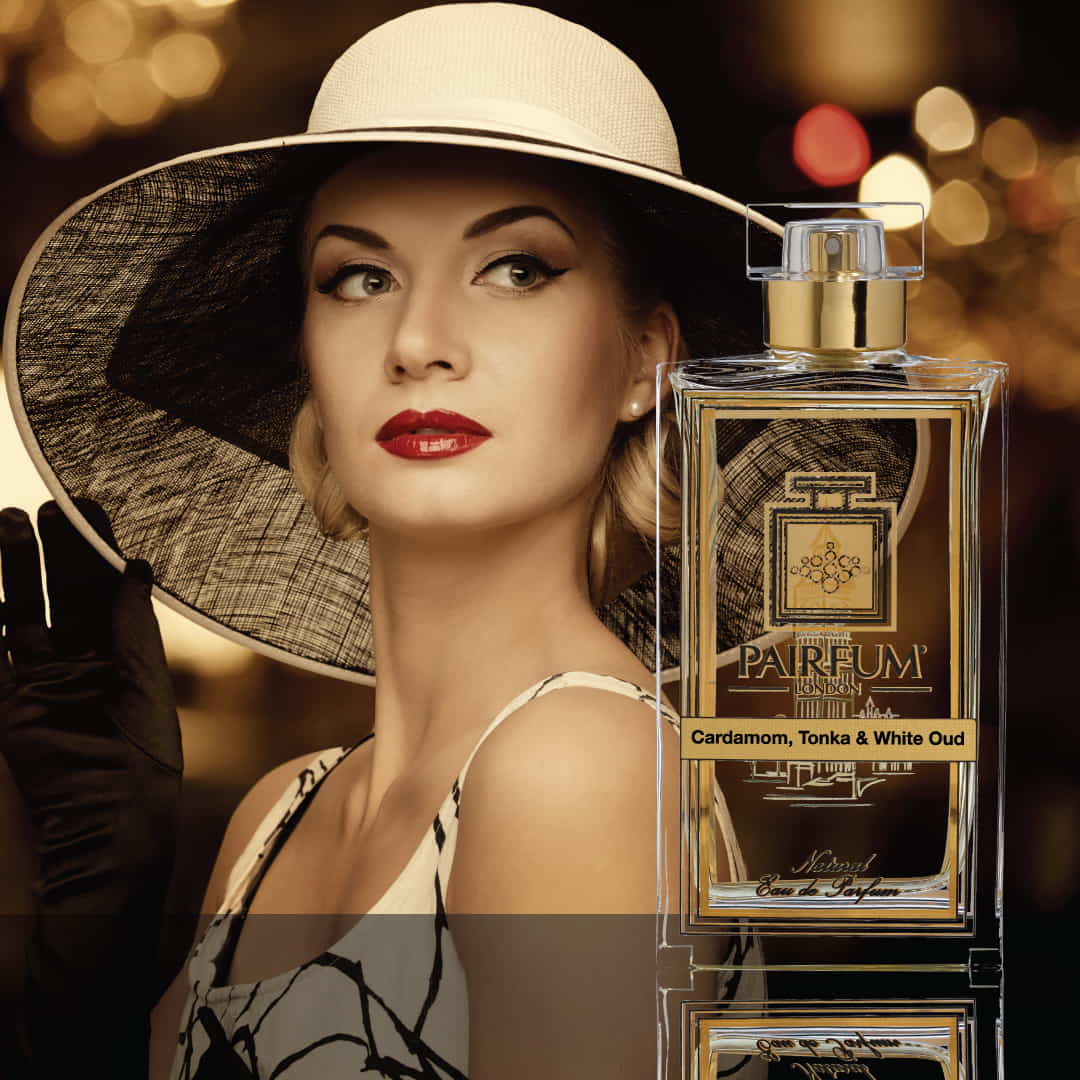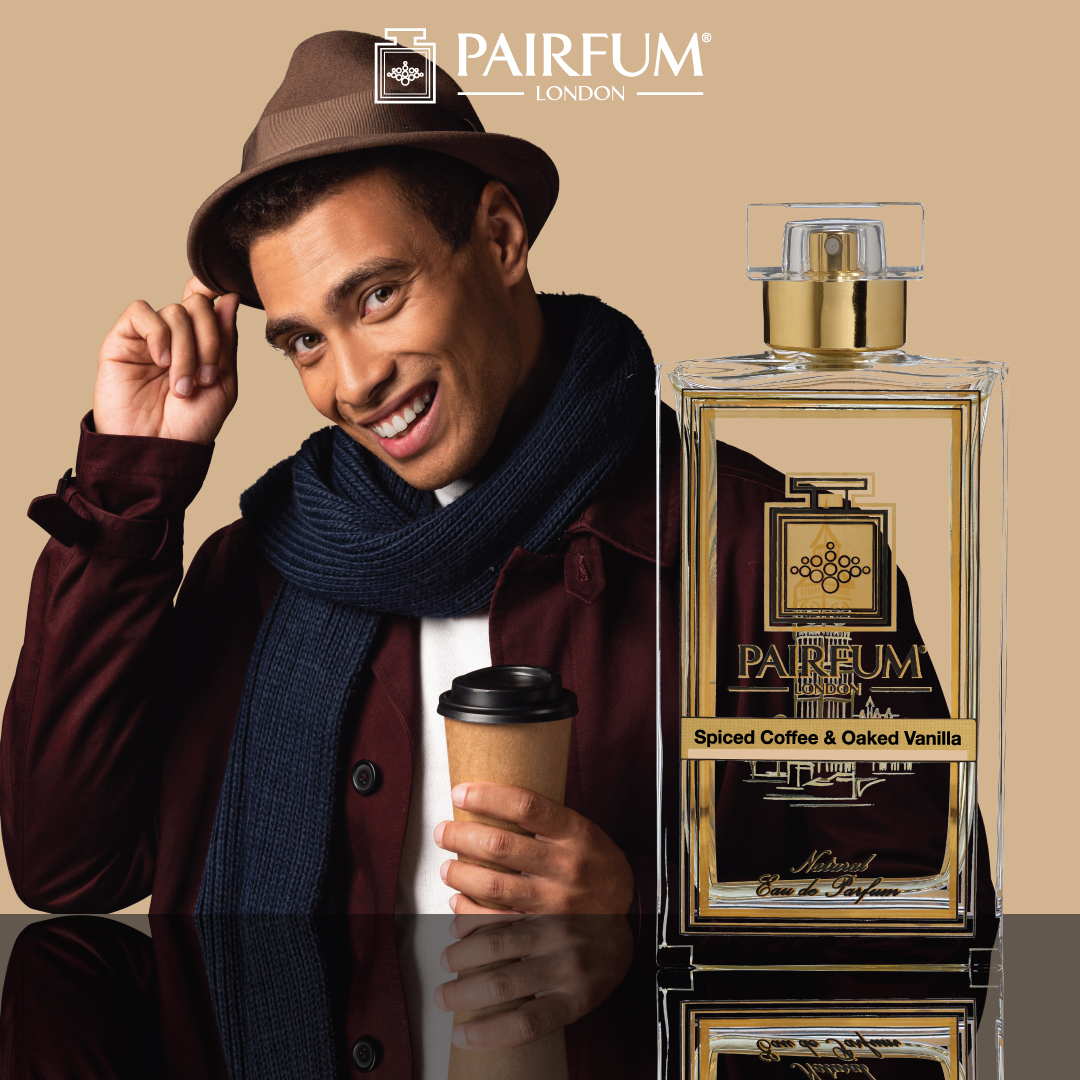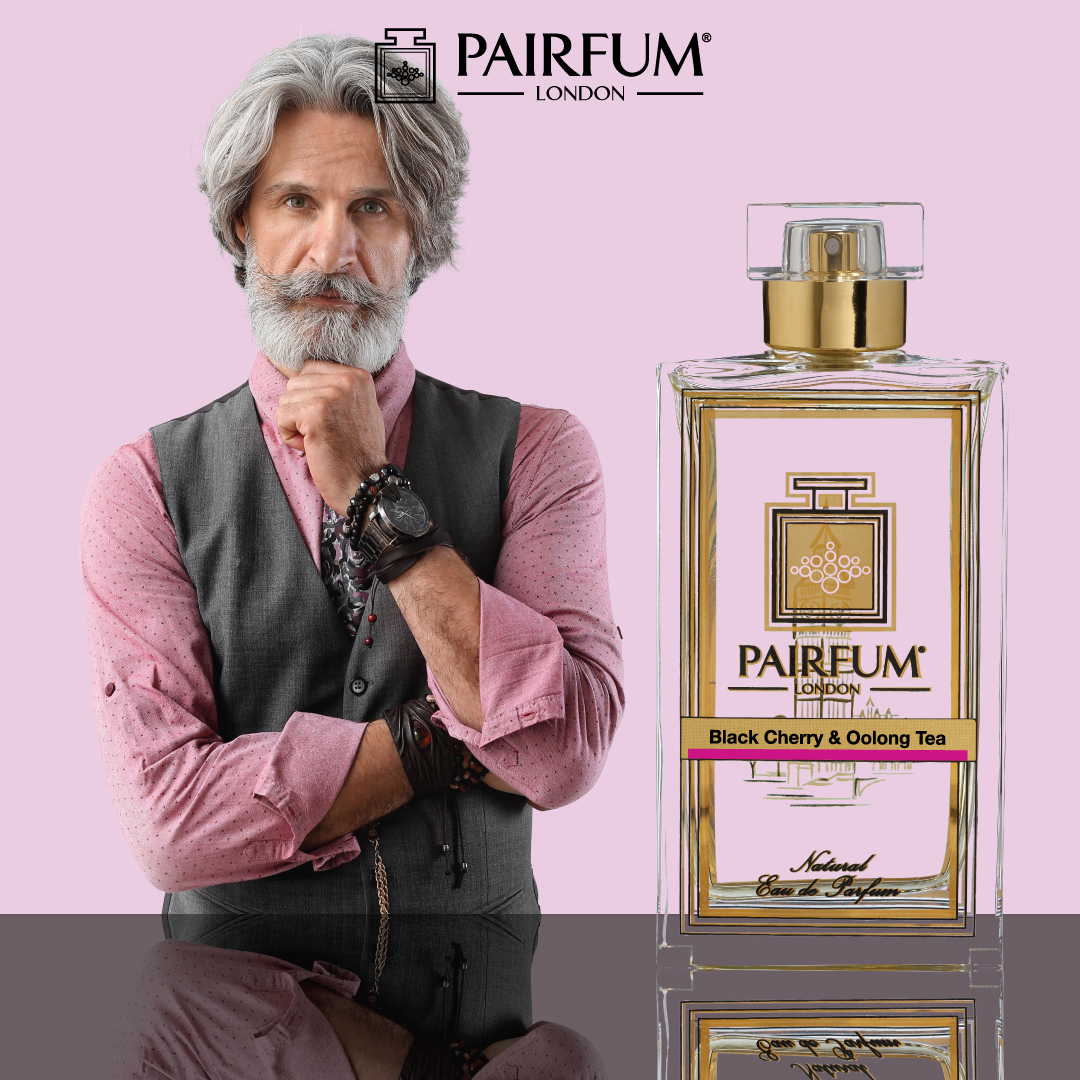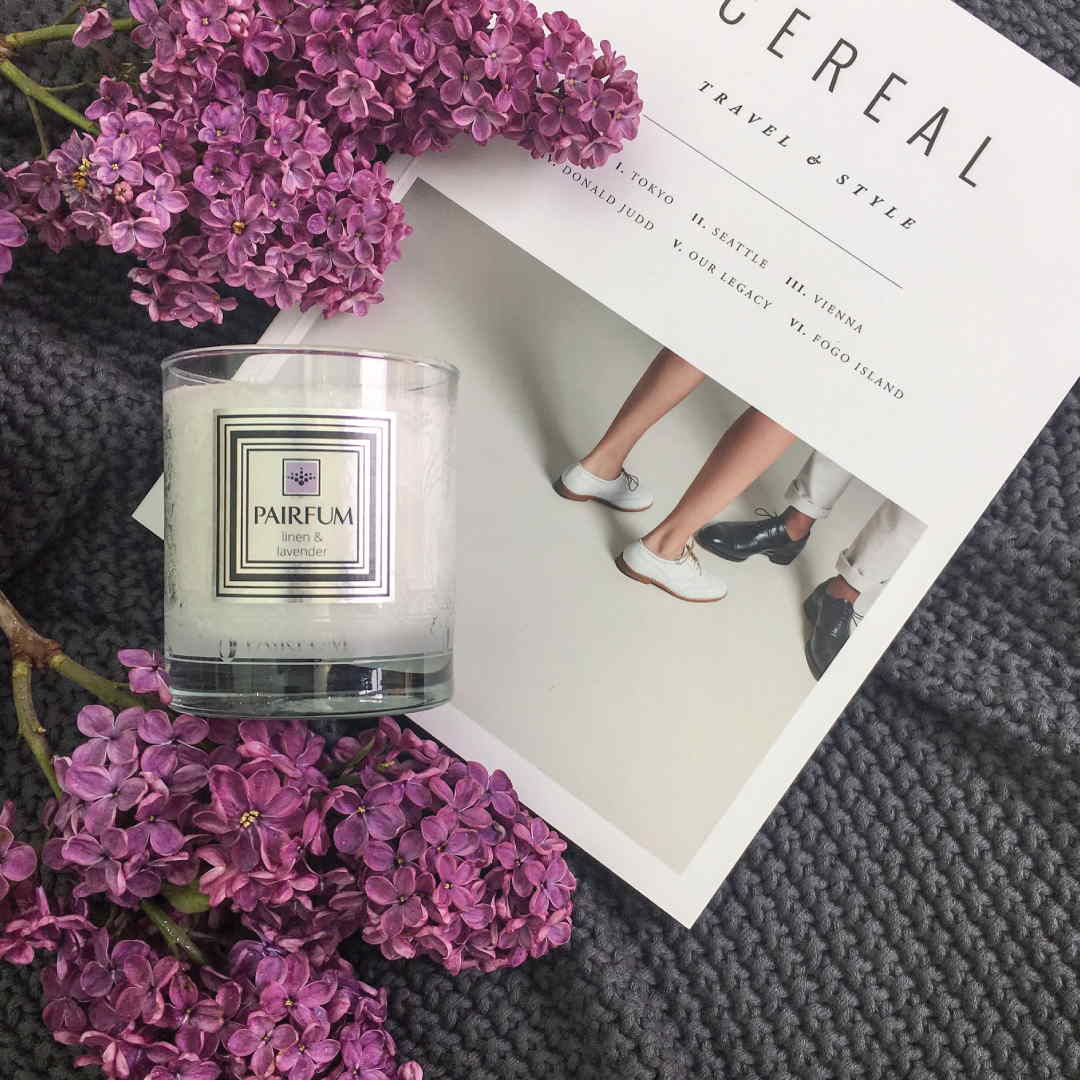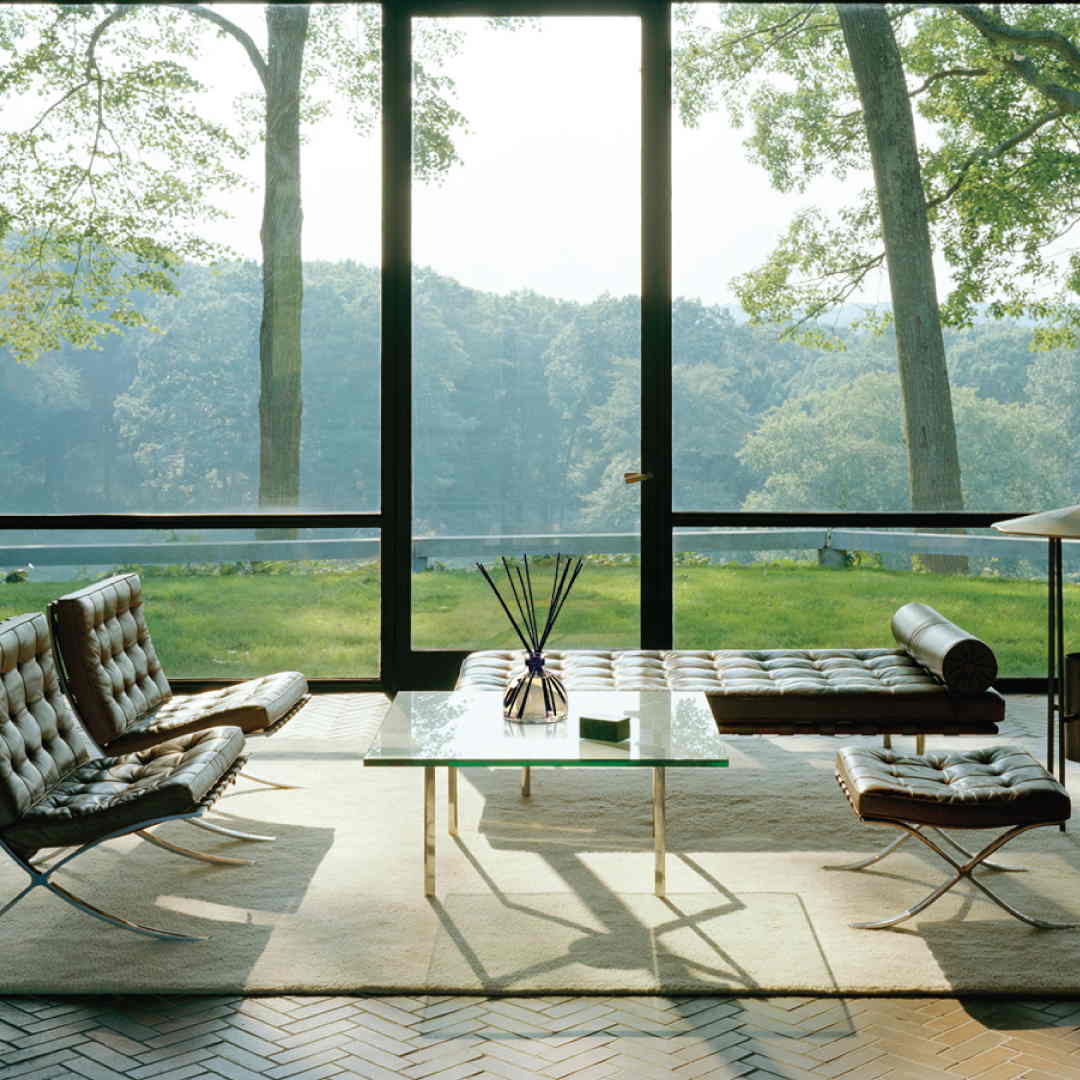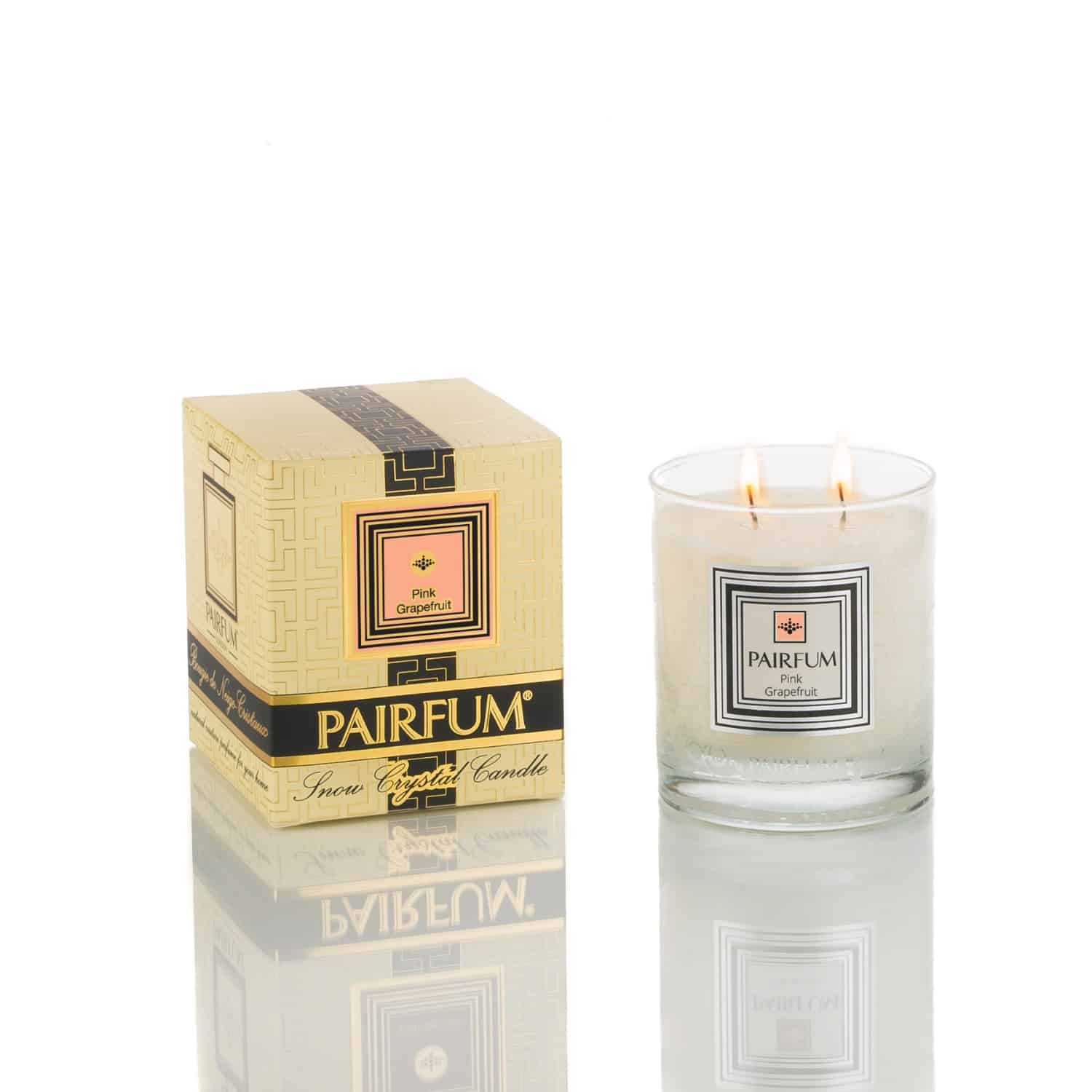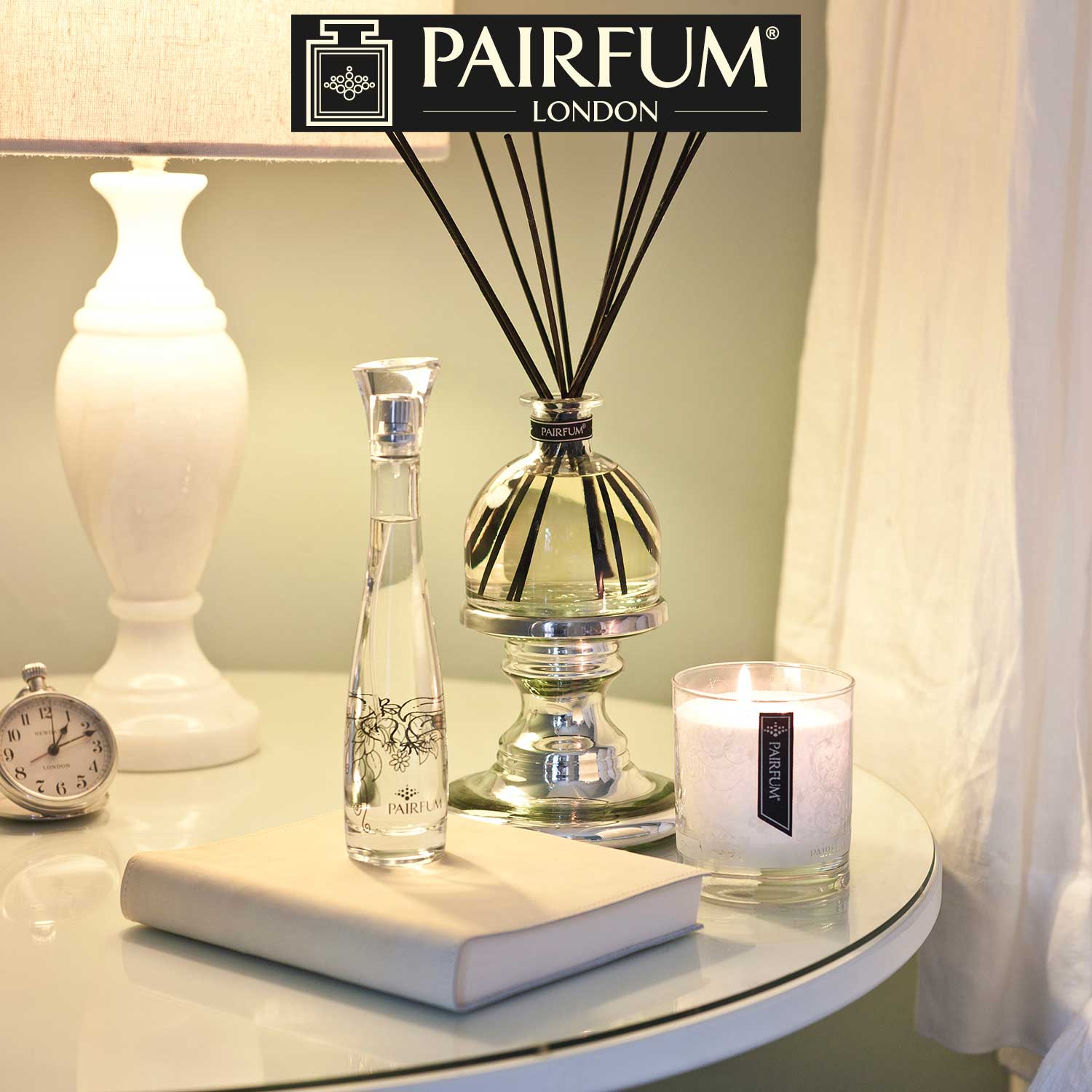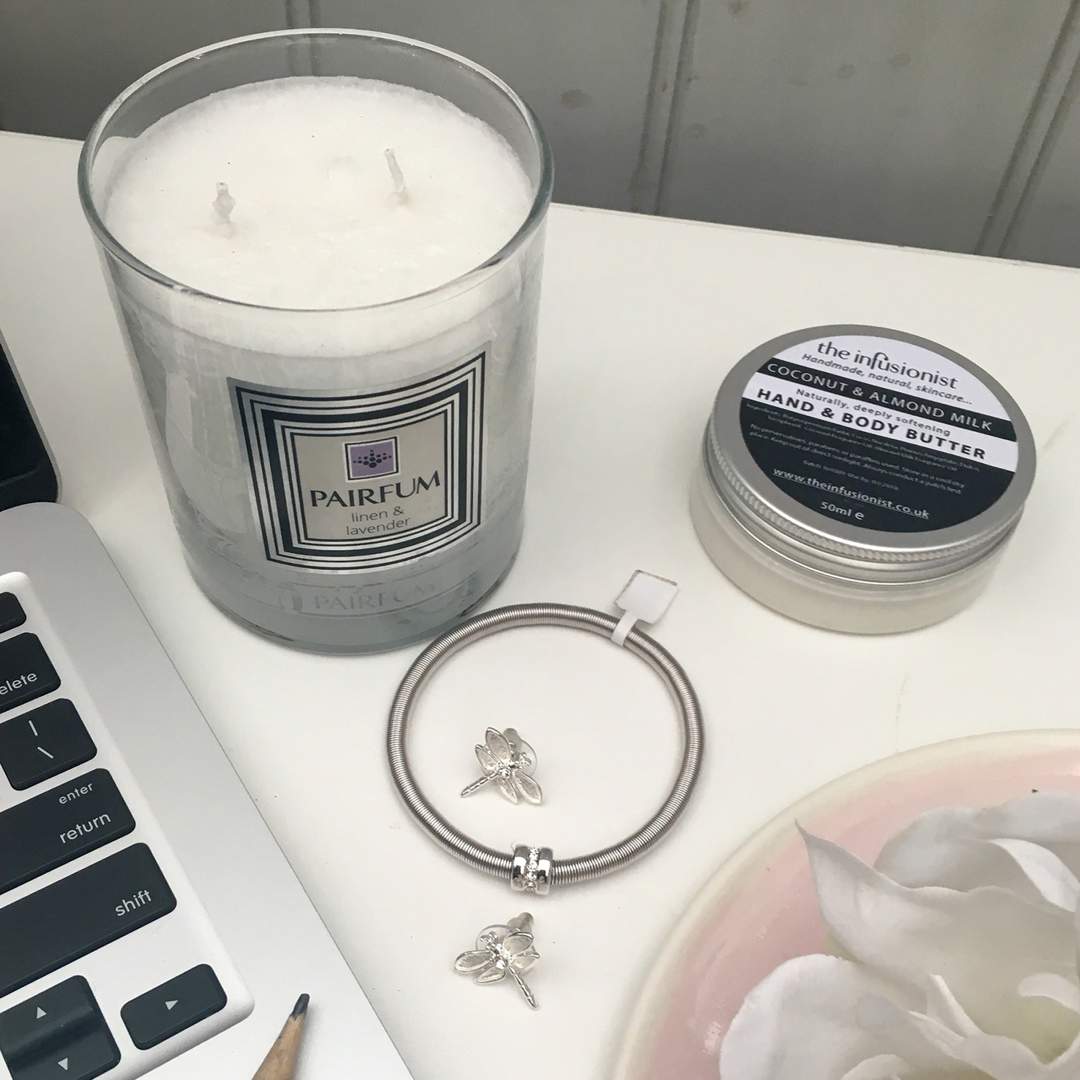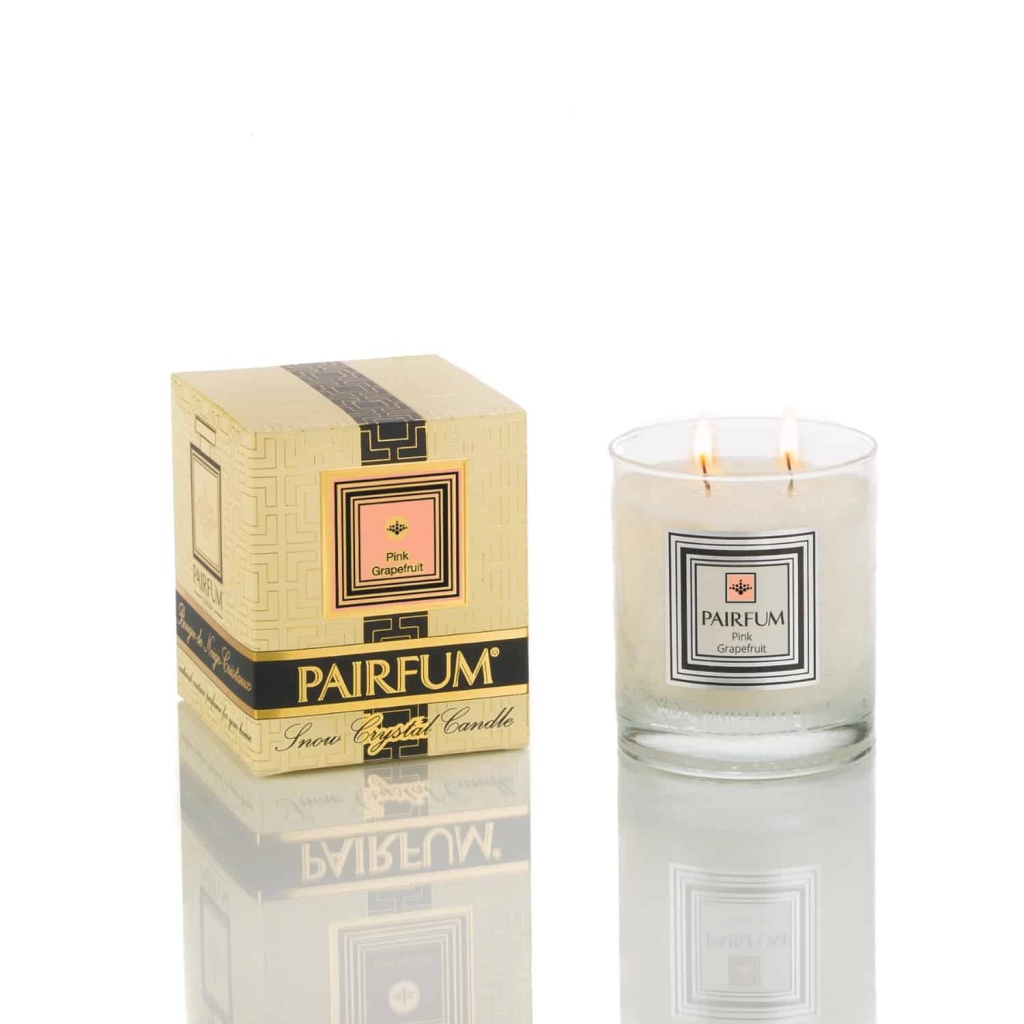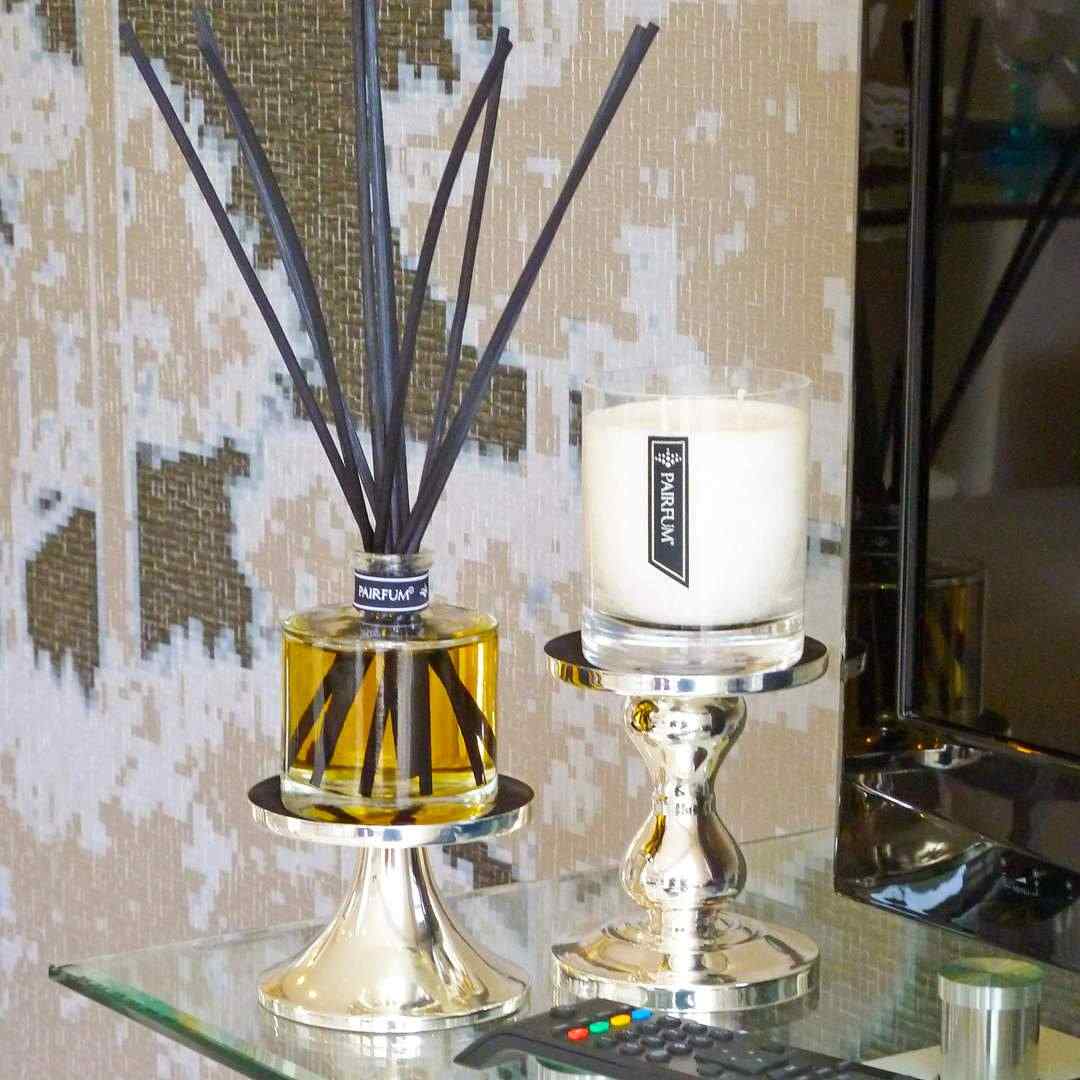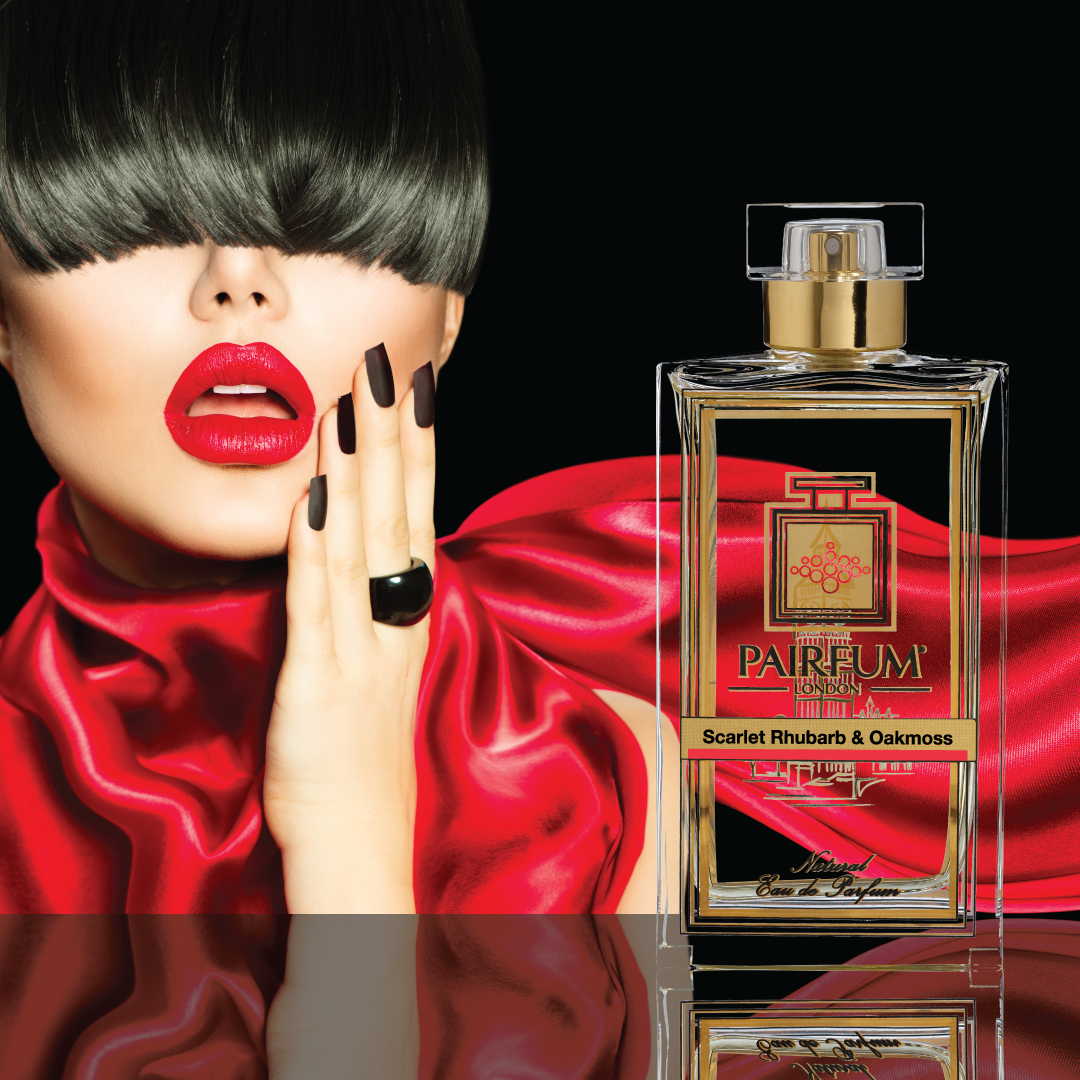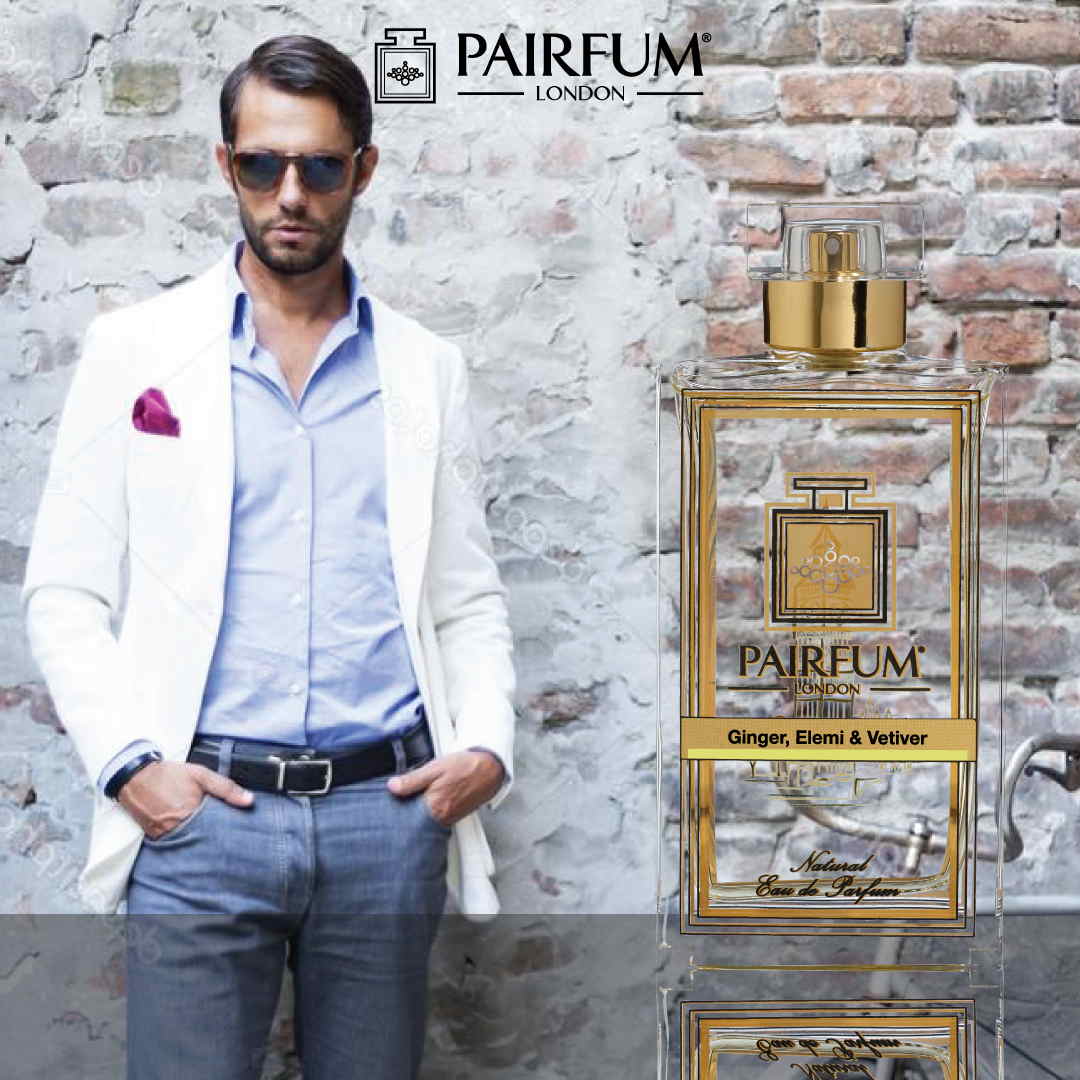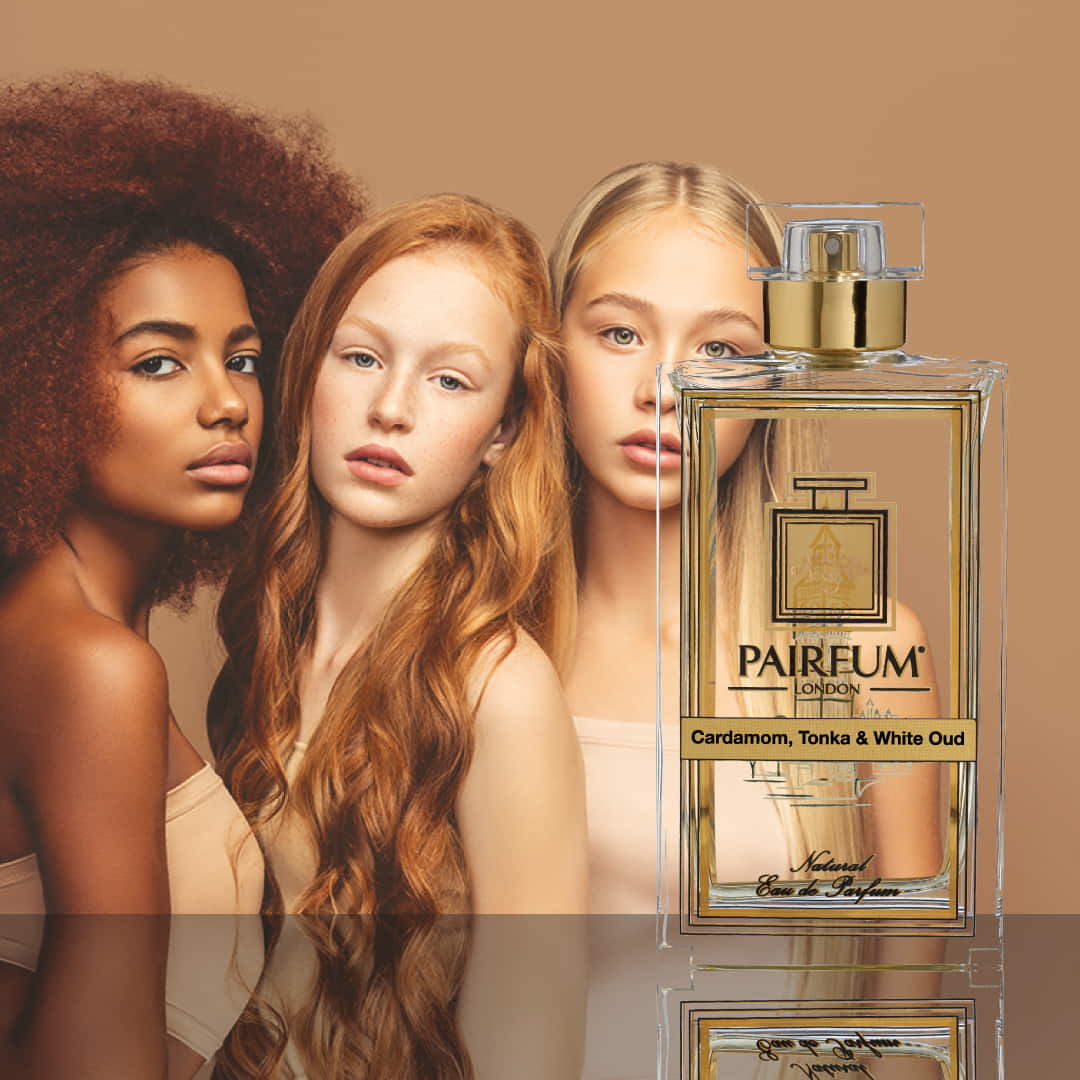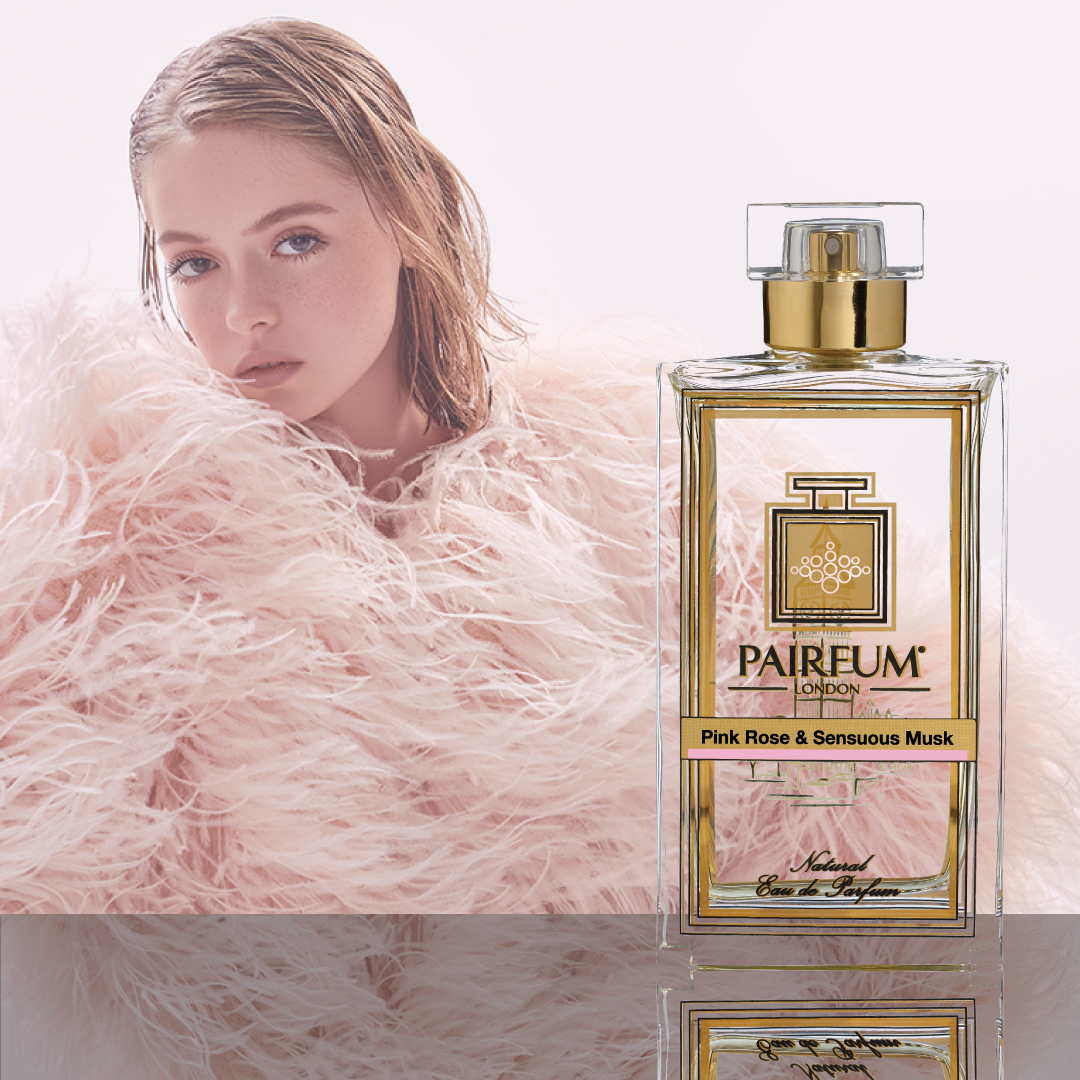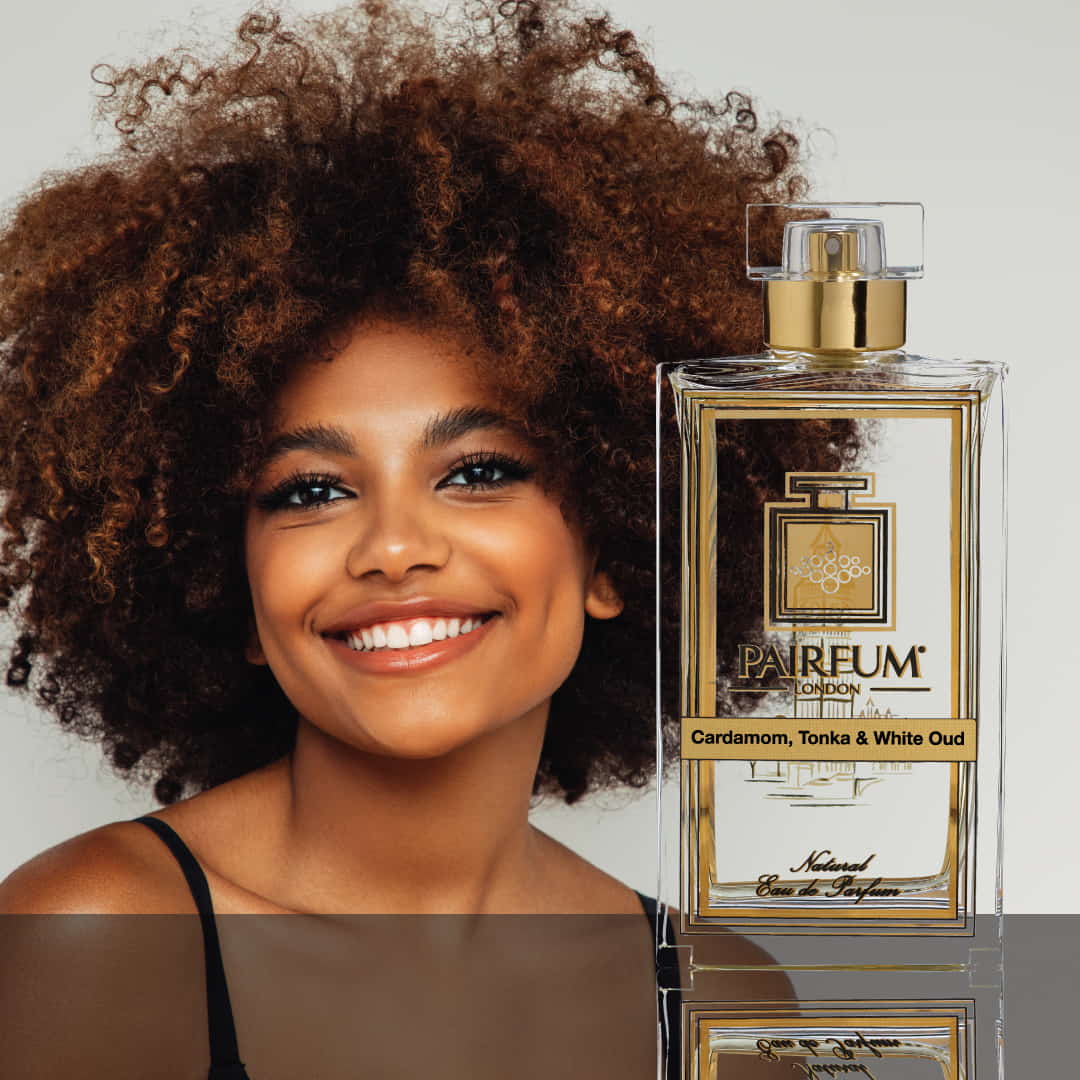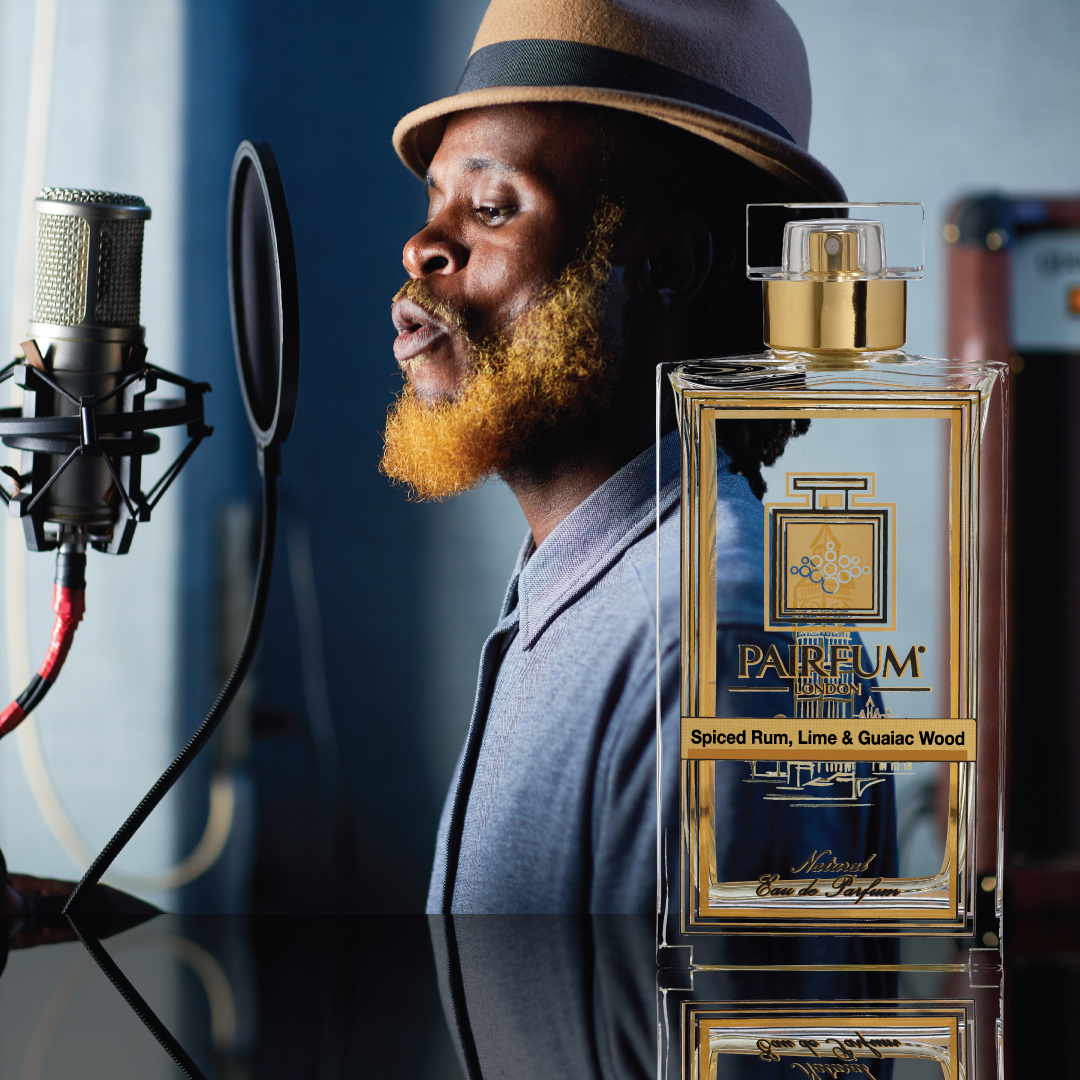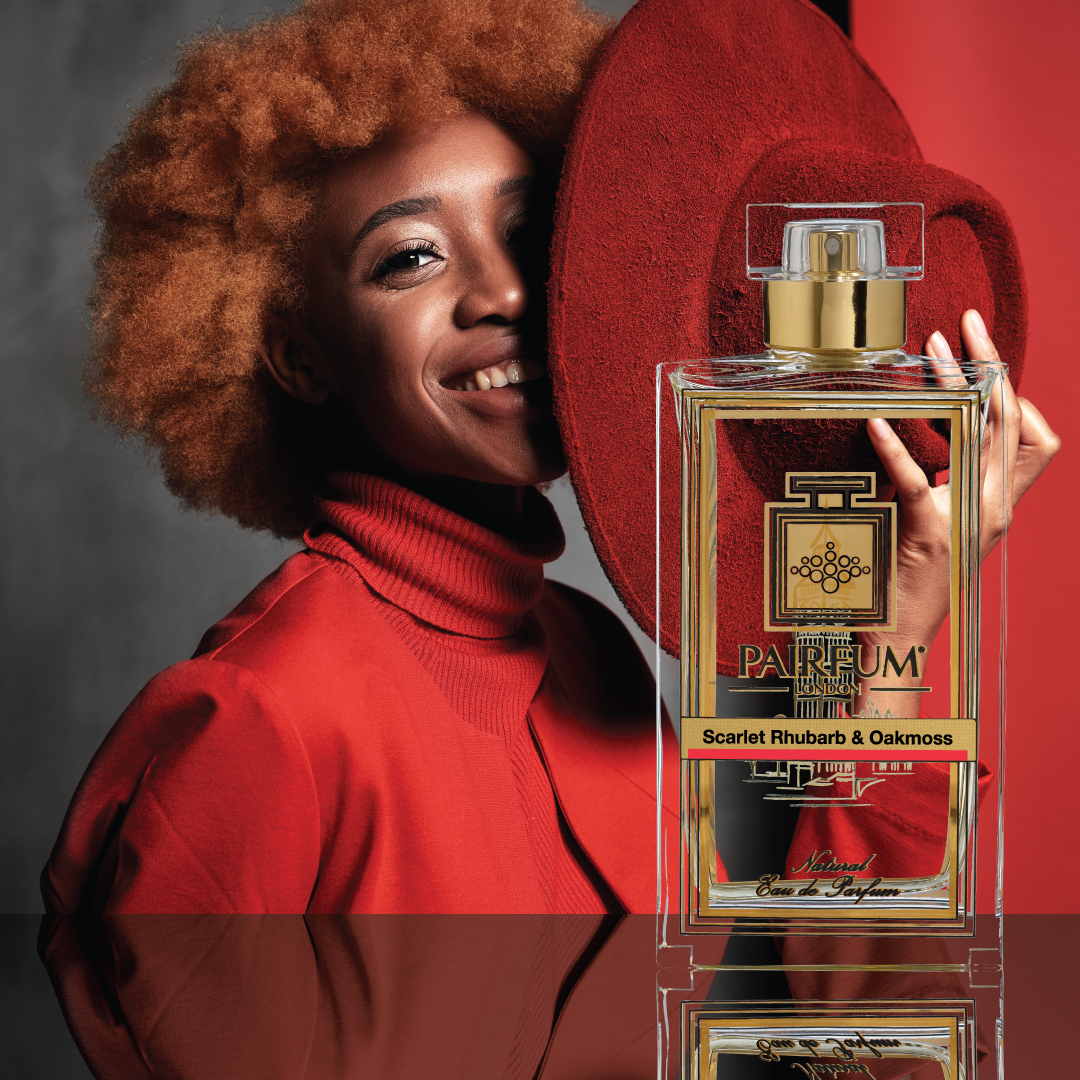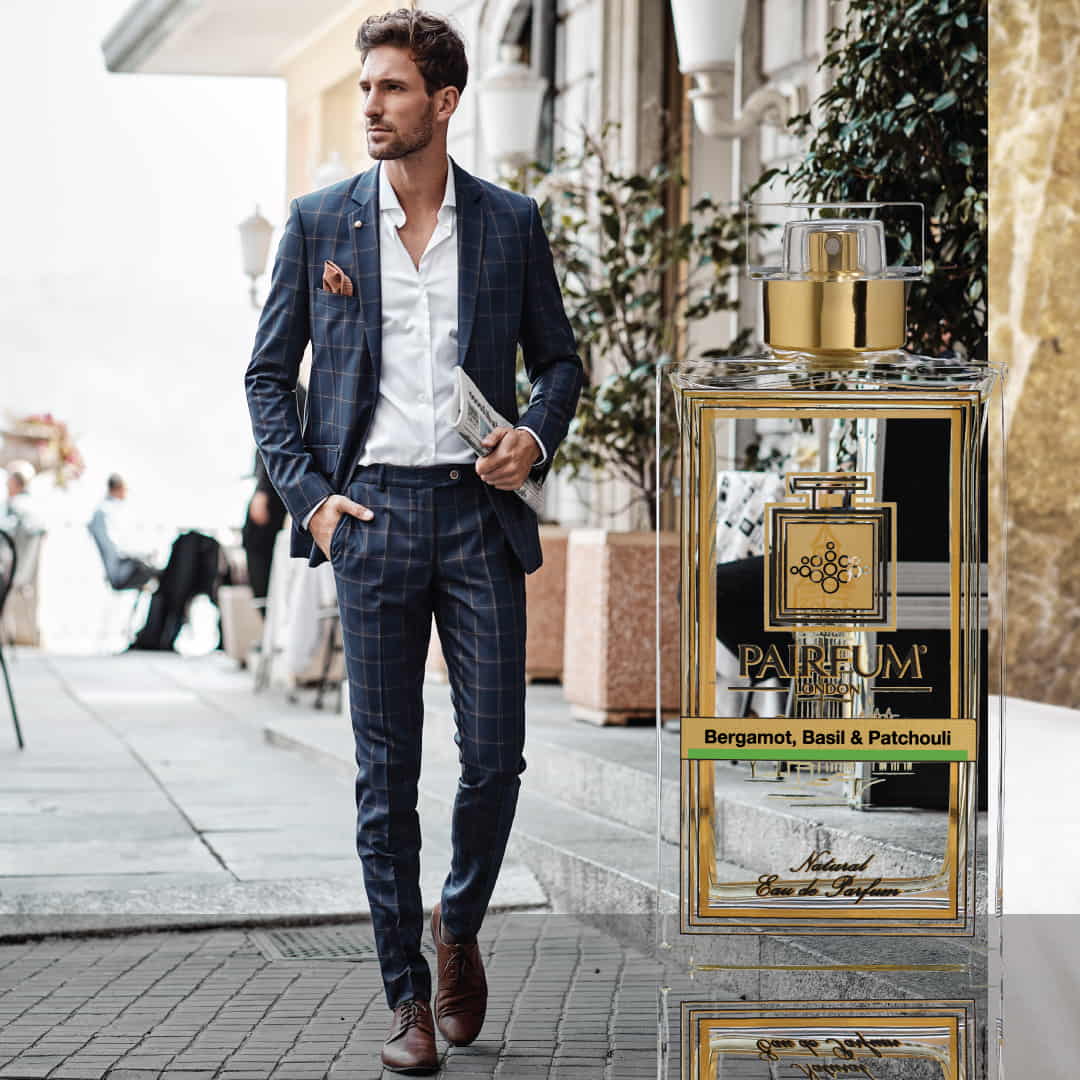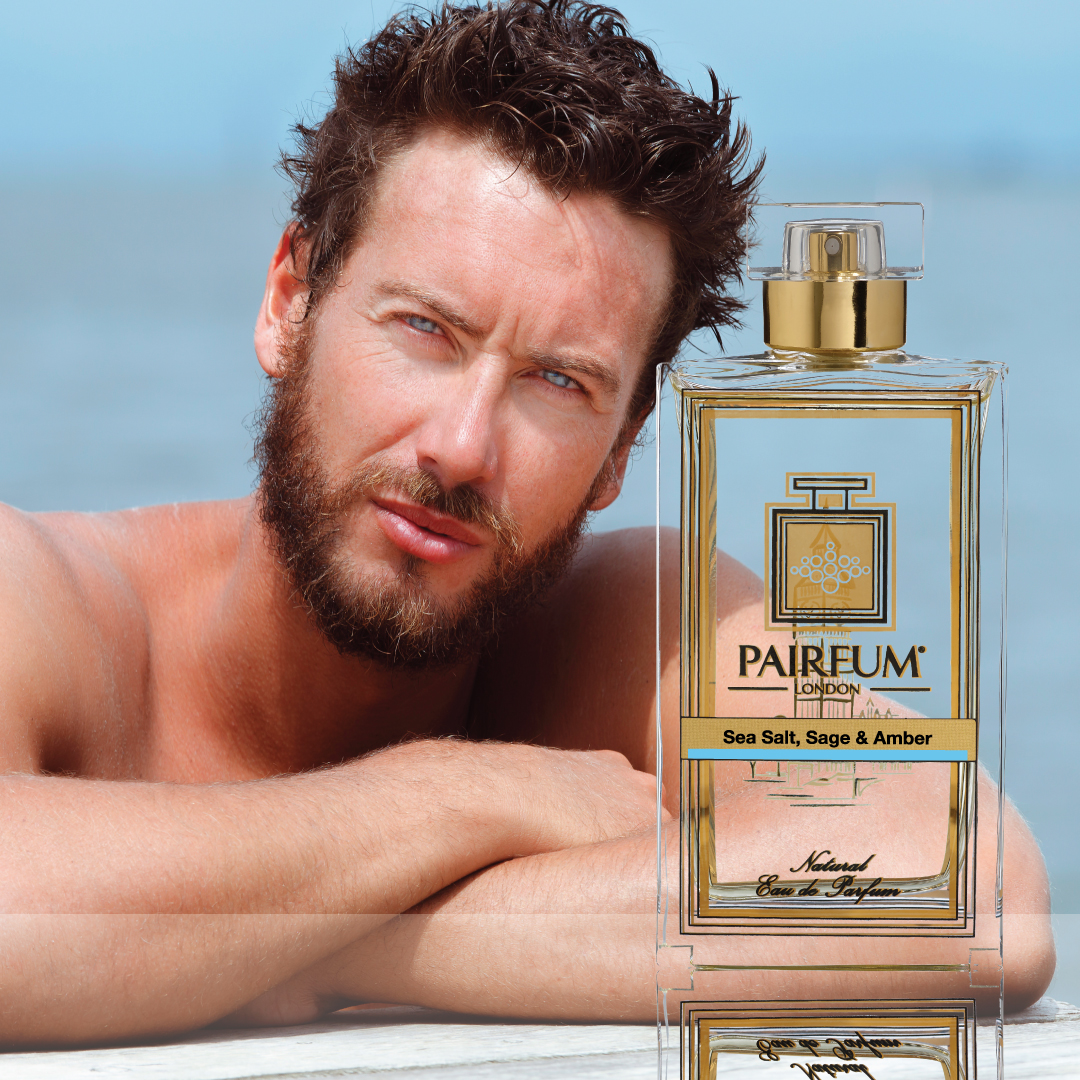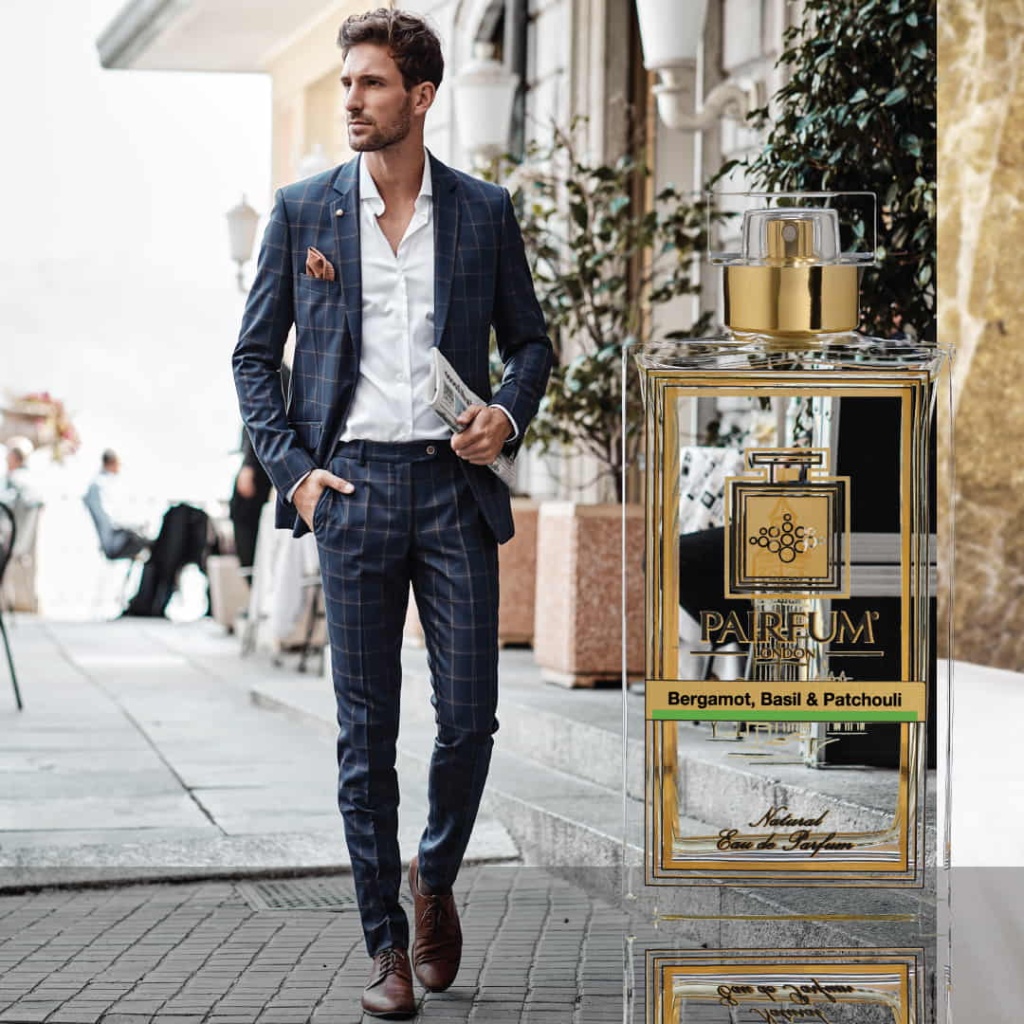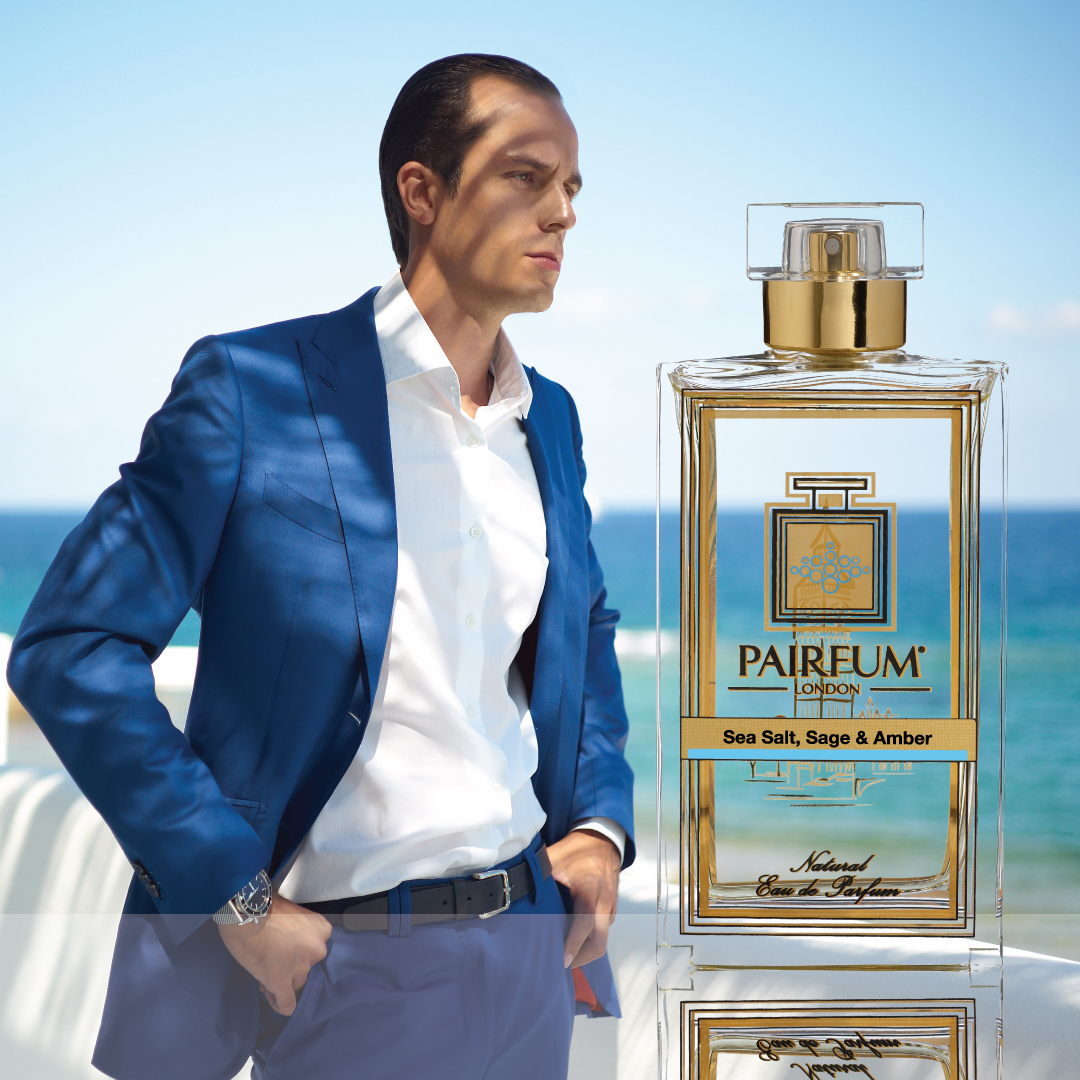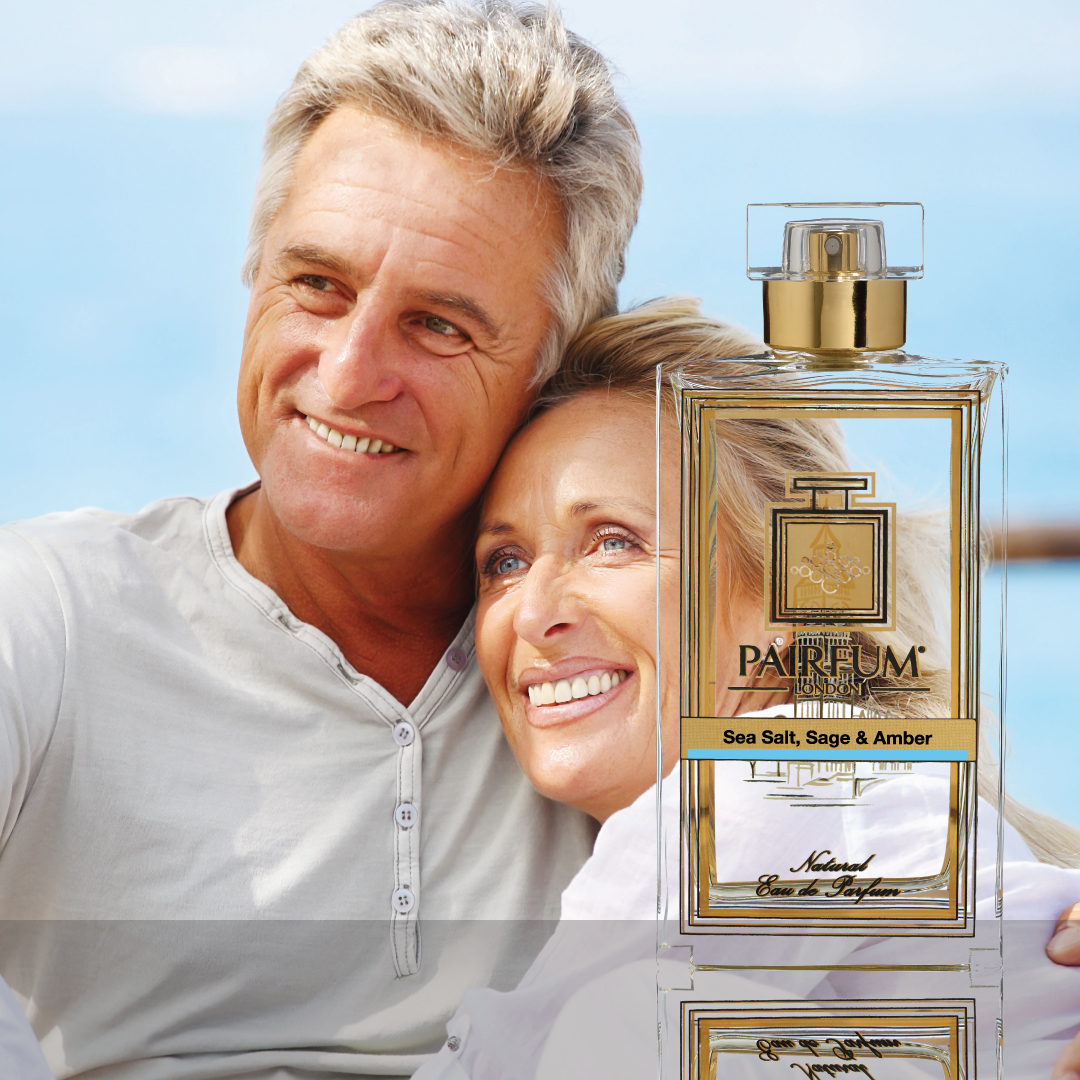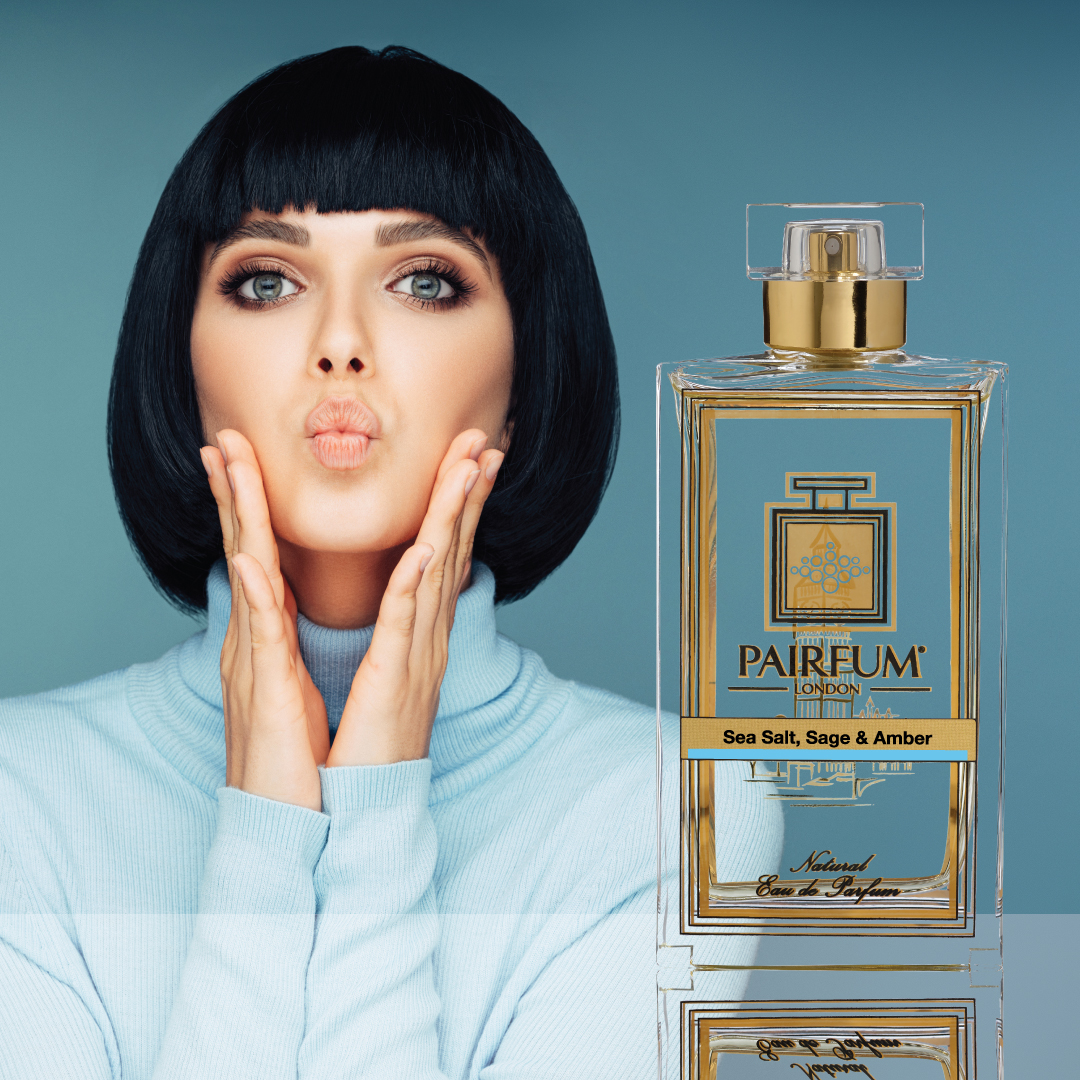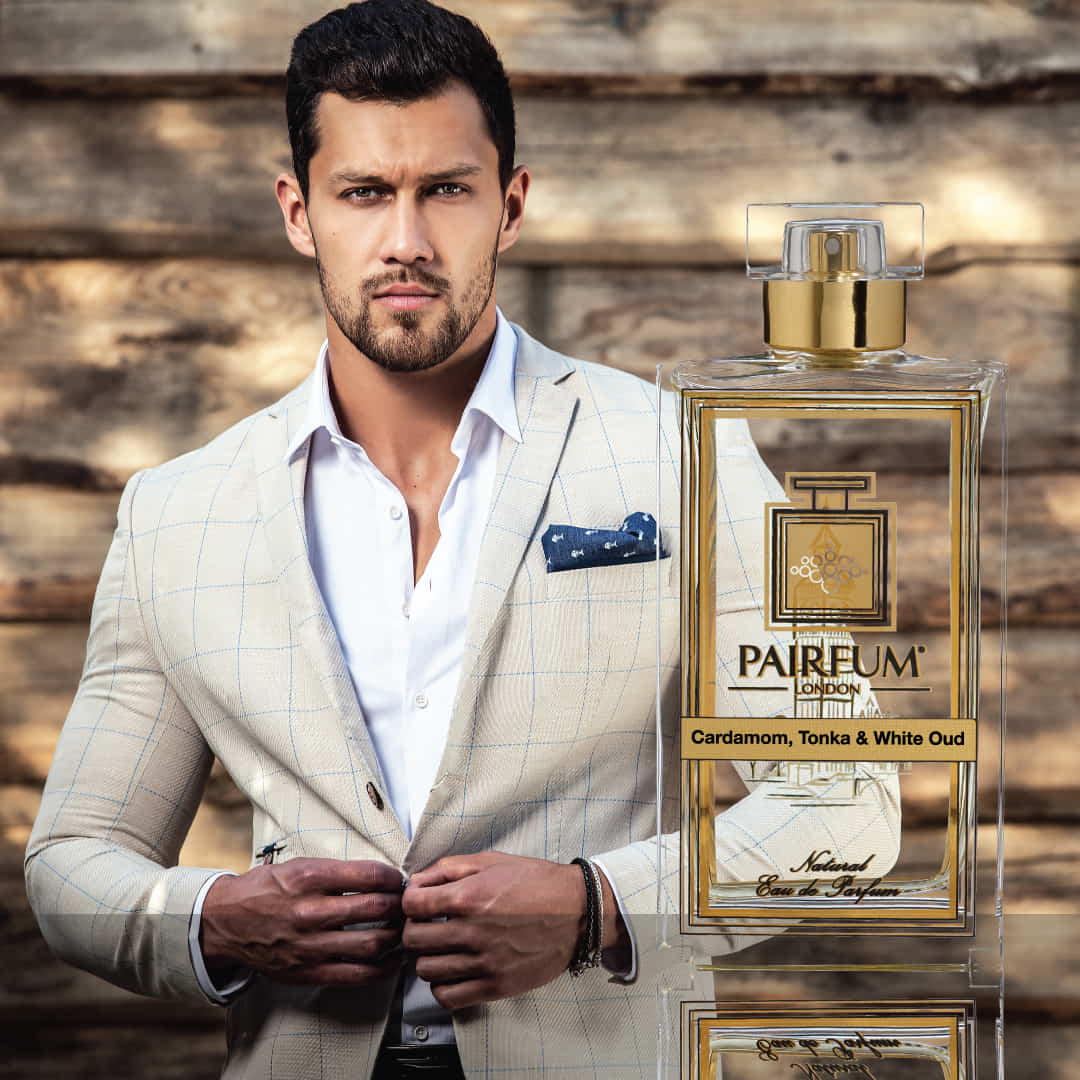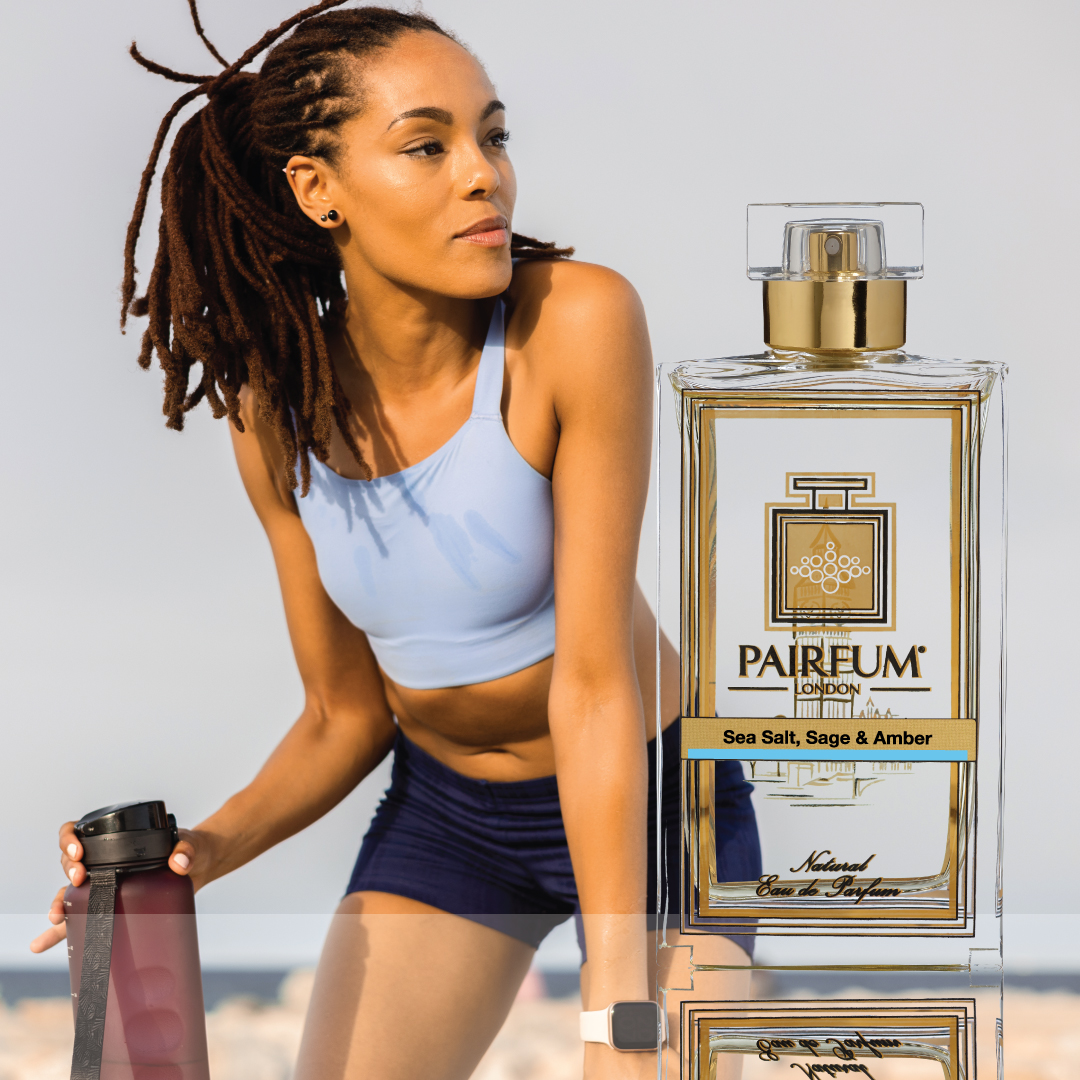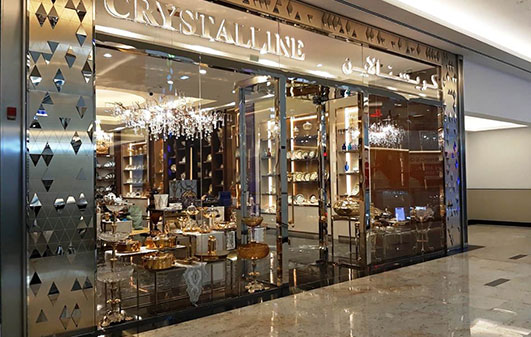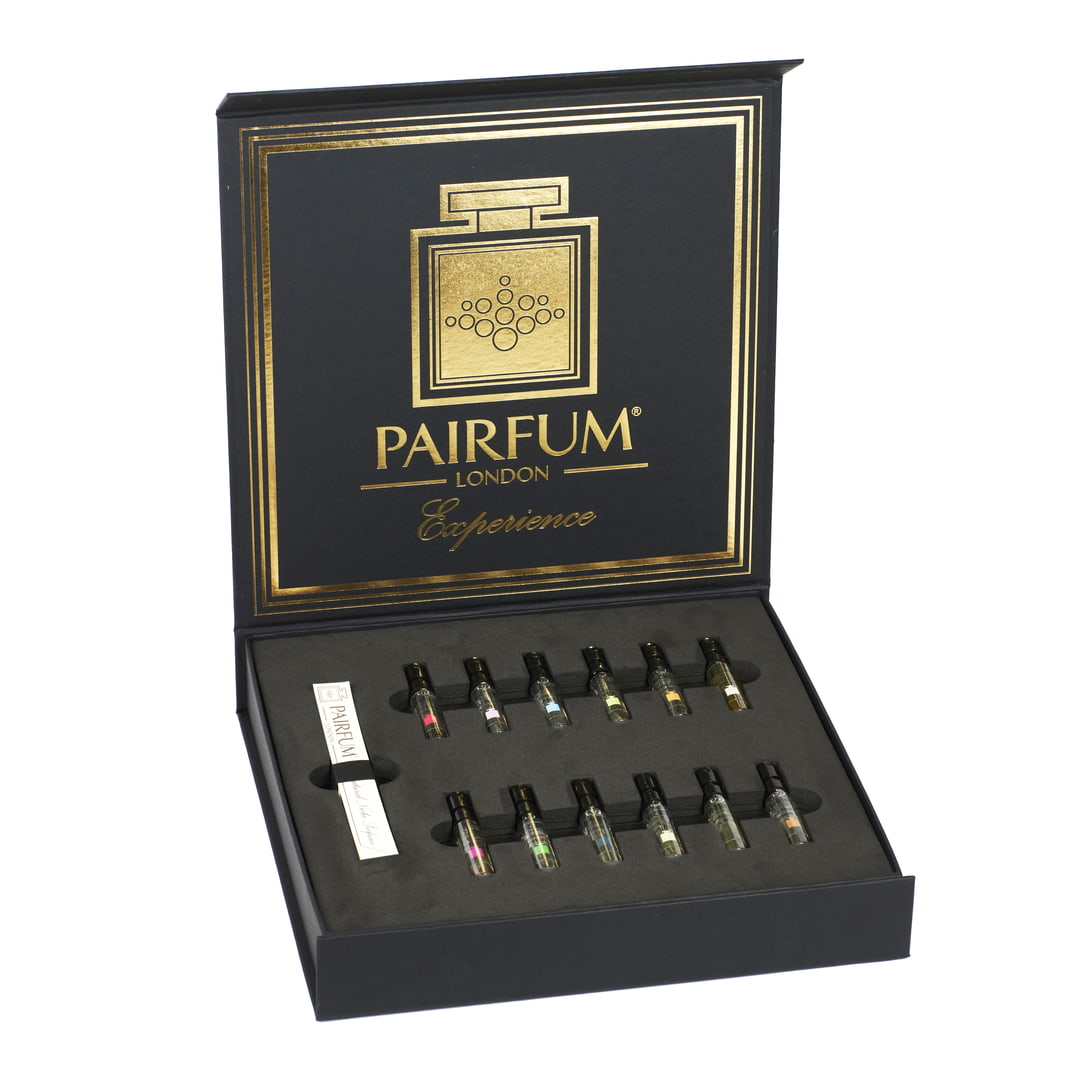Introduction:
Our sense of smell is a powerful one. It is one of the first senses that we develop in the womb, and it is closely linked to our emotions. Smells can evoke memories, trigger emotions, and even influence our behavior.
This is why it is important to set boundaries around smells, both pleasant and unpleasant. When we set boundaries around smells, we are essentially communicating our preferences and expectations to others. We are letting them know what we are comfortable with and what we are not.

What Are Boundaries?
Jonah Hill writes about “What Are Relationship Boundaries?” in The Guardian and why they are a topic on many people’s minds at the moment.
He defines boundaries as “the limits we set for ourselves and others about what is and is not acceptable behavior.” They can be physical, emotional, or sexual, and they are essential for maintaining healthy relationships.
He explores the importance of setting and respecting boundaries in human relationships. Hill emphasizes the significance of personal boundaries as essential tools for maintaining healthy connections with others. The article highlights the need to establish clear limits, communicate effectively, and respect the autonomy and individuality of each person involved in a relationship. By understanding and honoring boundaries, individuals can foster mutual trust, respect, and emotional well-being.
In his article, Jonah Hill refers to the following books and articles:
- The Gift of Fear by Gavin de Becker: This book discusses the importance of trusting our instincts and listening to our gut feelings. Hill cites this book as a resource for learning how to set boundaries and protect ourselves from harm.
- Boundaries by Henry Cloud and John Townsend: This book is a classic guide to setting boundaries in all areas of our lives. Hill recommends this book for anyone who wants to learn more about how to set boundaries in their relationships.
- The Body Keeps the Score by Bessel van der Kolk: This book discusses the impact of trauma on the body and mind. Hill cites this book as a resource for understanding how trauma can affect our sense of smell.
- Perfume: The Story of a Murderer by Patrick Süskind: This novel tells the story of a perfumer who murders people in order to extract their scent. Hill cites this novel as an example of the power of smell to evoke memories and emotions.
- The Nose: A Cultural History of Smell by Mark Estrin: This book explores the history and cultural significance of smell. Hill cites this book as a resource for learning more about the role of smell in human society.
These are just a few of the books and articles that Jonah Hill refers to in his article. If you are interested in learning more about boundaries, smell, or trauma, we encourage you to check out these resources.
What Are Olfactive Boundaries?
Boundaries around smells are, however, just as important as the types of boundaries mentioned above. Maybe they are even more important.
When we are considerate about the boundaries around smells, we are respecting ourselves and others. We are also creating a more comfortable and enjoyable environment for everyone.
Here are examples of the issues around olfactive boundaries:
- You go shopping and the person serving behind the bread counter has such a distinctive body odour, that you cannot only perceive it on the other side of the counter but you also leave the counter with the feeling that your bread is tainted with this odour.
- You are visiting a party and as you mingle you perceive a strong fragrance that pervades the room. You absolutely love this perfume and have a wonderful discussion about fragrance when you find the wearer.
In both cases, ‘olfactory boundaries’ were crossed but the perception is vastly different.

Boundaries For Beautiful Fragrances?
Should there even be boundaries for a fabulous perfume?
When it comes to pleasant fragrances, it is important to be respectful of other people’s preferences. Just because you enjoy a certain perfume, this does not mean that everyone else will.
For example, if you wear a strong perfume or cologne, be mindful of the people around you. If someone asks you to tone it down, be respectful of their request. This is particularly important when a large proportion of your day is amongst others, e.g. in an office, at school, in a shop, visiting clients, at a hospital, … (you can see where we are going with this).
There are a few things you can do to be respectful of other people’s preferences when it comes to pleasant fragrances:
- Ask for feedback. This may seem odd but asking for feedback opens a channel of communication and those around you are more likely to tell you in a friendly and constructive fashion how much or little they love your perfume. You might be surprised by how many compliments you get for your fragrance.
- Ask before you spray. If you are going to wear a perfume or cologne that you know is particularly, ask the people around you, if they are okay with it.
- Be aware of your surroundings. If you are in a crowded place, or if you are going to be around people who have allergies, it is best to avoid wearing strong fragrances or just apply it lightly.
- A bit of context. Where are you going to be? Wearing a strong fragrance may be more of an issue in a hospital where people may be more sensitive to smells, than on the school run or when visiting clients.
- Be mindful of the duration of your fragrance. If you are going to be around people for an extended period of time, you may want to reapply your fragrance less often.
- Polarising perfume. There is also a case to be made for wearing perhaps a less polarising fragrance when you fear olfactory may be crossed. Perhaps you can leave the wearing of the ‘Marmite’ of perfumes to another day.

Boundaries For Unpleasant Body Odours!
Unpleasant body odours can be a major source of discomfort, both for the person who is experiencing them and for those around them.
If you are concerned about your body odour, there are a number of things you can do to manage it, such as:
- Showering regularly. This is the most important thing you can do to manage your body odour.
- Antiperspirant or deodorant. Antiperspirants and deodorants help against body odours. An antiperspirant prevents or stops sweat and the cause of body odour but is harsher to your skin. A deodorant reduces the resulting body odour and is kinder to your skin but not as effective.
- Wearing clean clothes. This will help to absorb sweat and prevent body odour from building up.
- Eating a healthy diet. Eating a healthy diet can help to reduce body odour.
- Toning down spices and herbs, e.g. use less garlic and/or turmeric.
- Drinking plenty of water. Staying hydrated can help to flush out toxins and prevent body odour.
- Breathable clothes. Avoid clothes that don’t allow your body to breathe. Opt for 100% natural fabrics instead.
It is very important to be respectful of other people’s body odours. If someone’s body odour is causing you and others discomfort, it is okay to politely and constructively discuss the subject but be mindful that this can be a very hurtful conversation.
Perfume Experience Box
One way of experimenting with different fragrances and discussing how they affect those around you, is to turn the subject into a quasi game!
For example, take our company’s Perfume Experience Box (it contains 12 x Eau de Parfum Intense) to your place of work or show it to your friends.
Tell them it was a gift and experiment wearing the different fragrances, not just you but also your friends and co-workers. Discuss the fragrances:
- Do they love them on you? Are you getting compliments?
- Are they too strong or weak?
- How long do they last?
- Do they work with your skin?
By the turning the subject of ‘olfactory boundaries’ into playful conversation and experiment, you have turned into something very simple, non-confrontational and friendly.
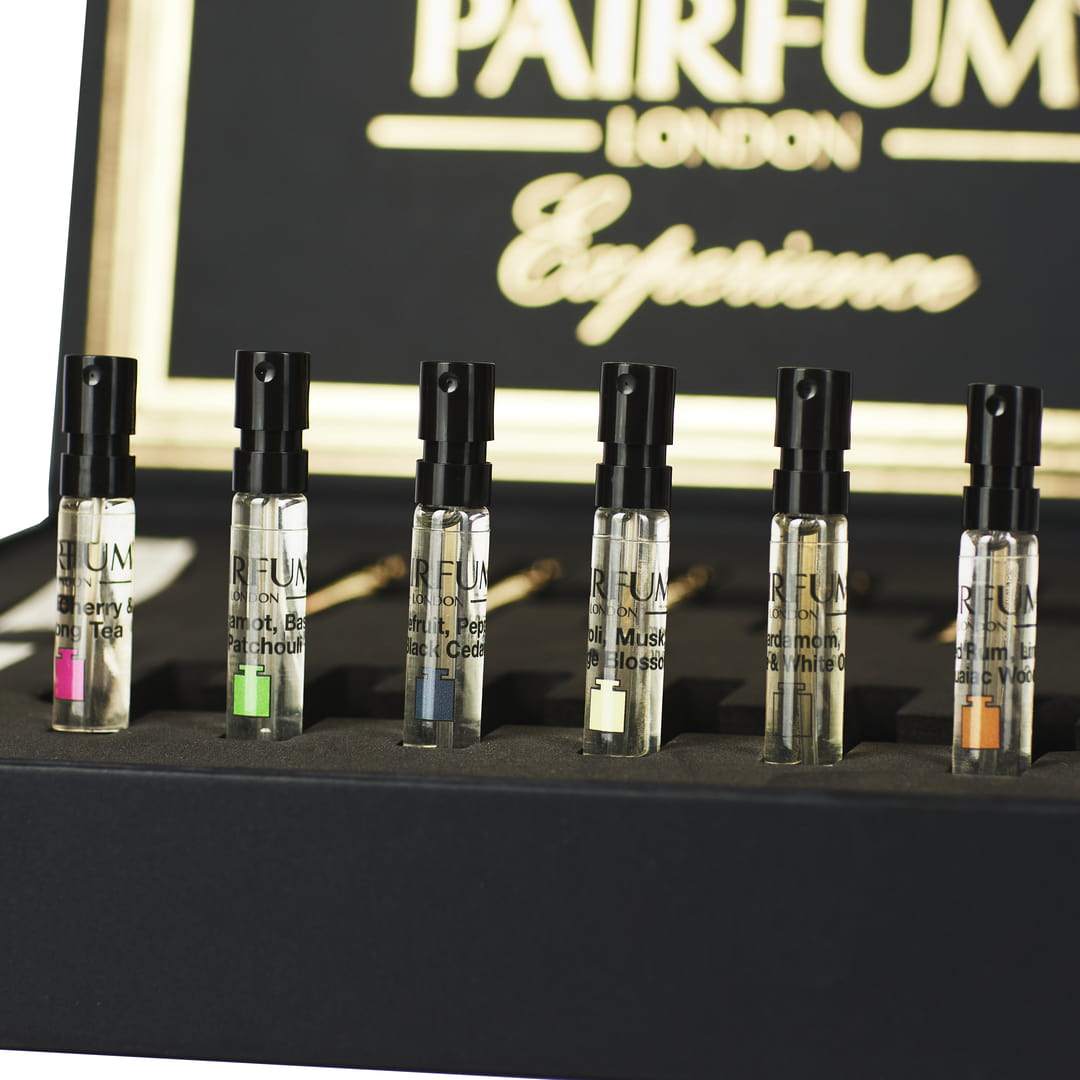
Conclusion
Being aware of the olfactive boundaries around smells is an important part of maintaining healthy relationships.
By being respectful of other people’s preferences and by taking steps to manage your own body odour, you can help to create a more comfortable and enjoyable environment for everyone.
Additional tips for setting boundaries around smells:
- Be clear and direct about your preferences. Don’t be afraid to tell people what you are comfortable with and what you are not.
- Respect other people’s preferences, even if you don’t agree with them. Just because you don’t like a certain smell doesn’t mean that other people don’t.
- Be willing to compromise. If you are both willing to compromise, you can usually find a solution that works for everyone.
- Communicate openly and honestly about your discomfort. If you are feeling uncomfortable, don’t be afraid to say something.
By following these tips, you can help to create a more comfortable and respectful environment for everyone.
